December 8, 2019
Martha O'Kennon
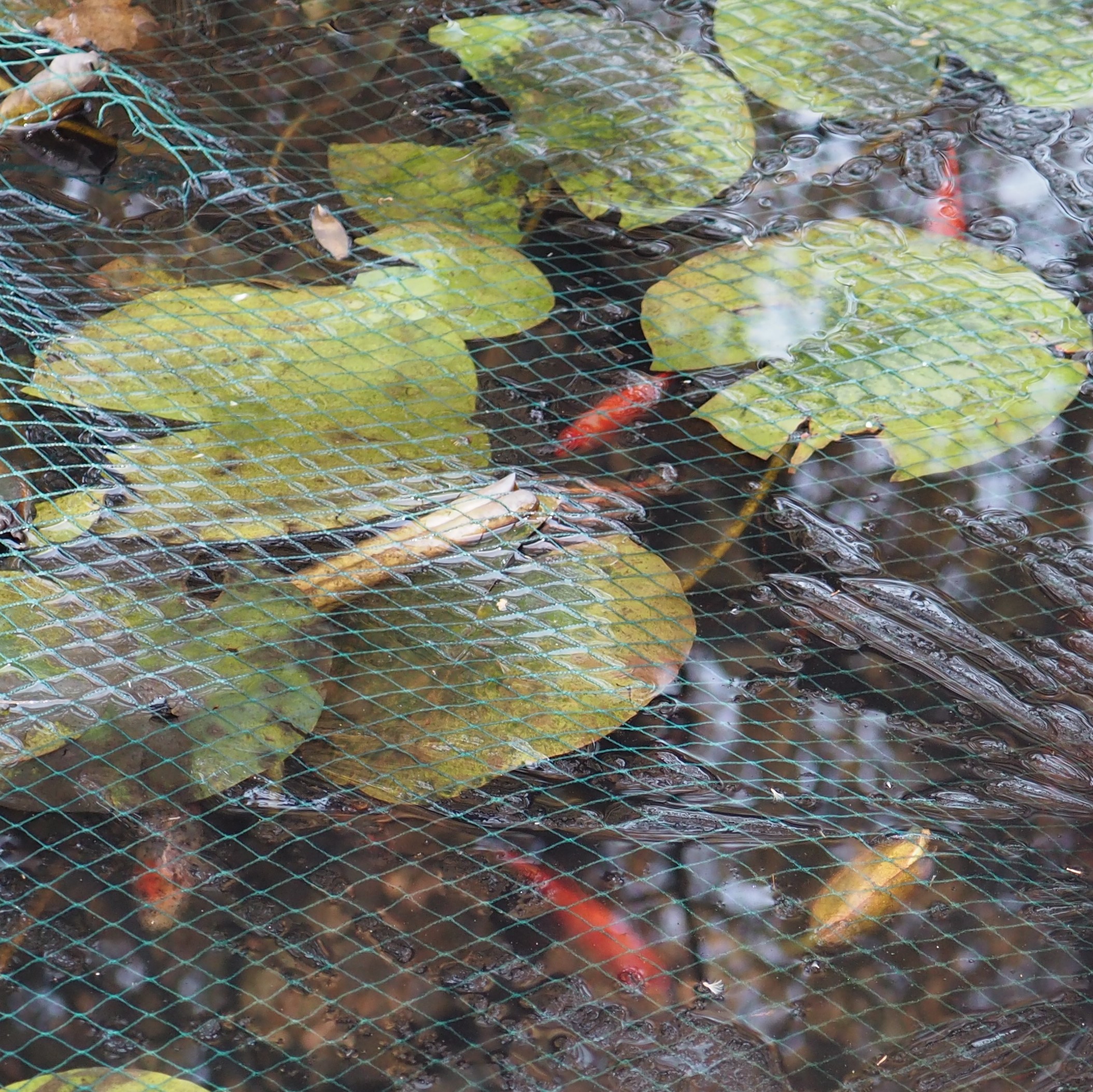
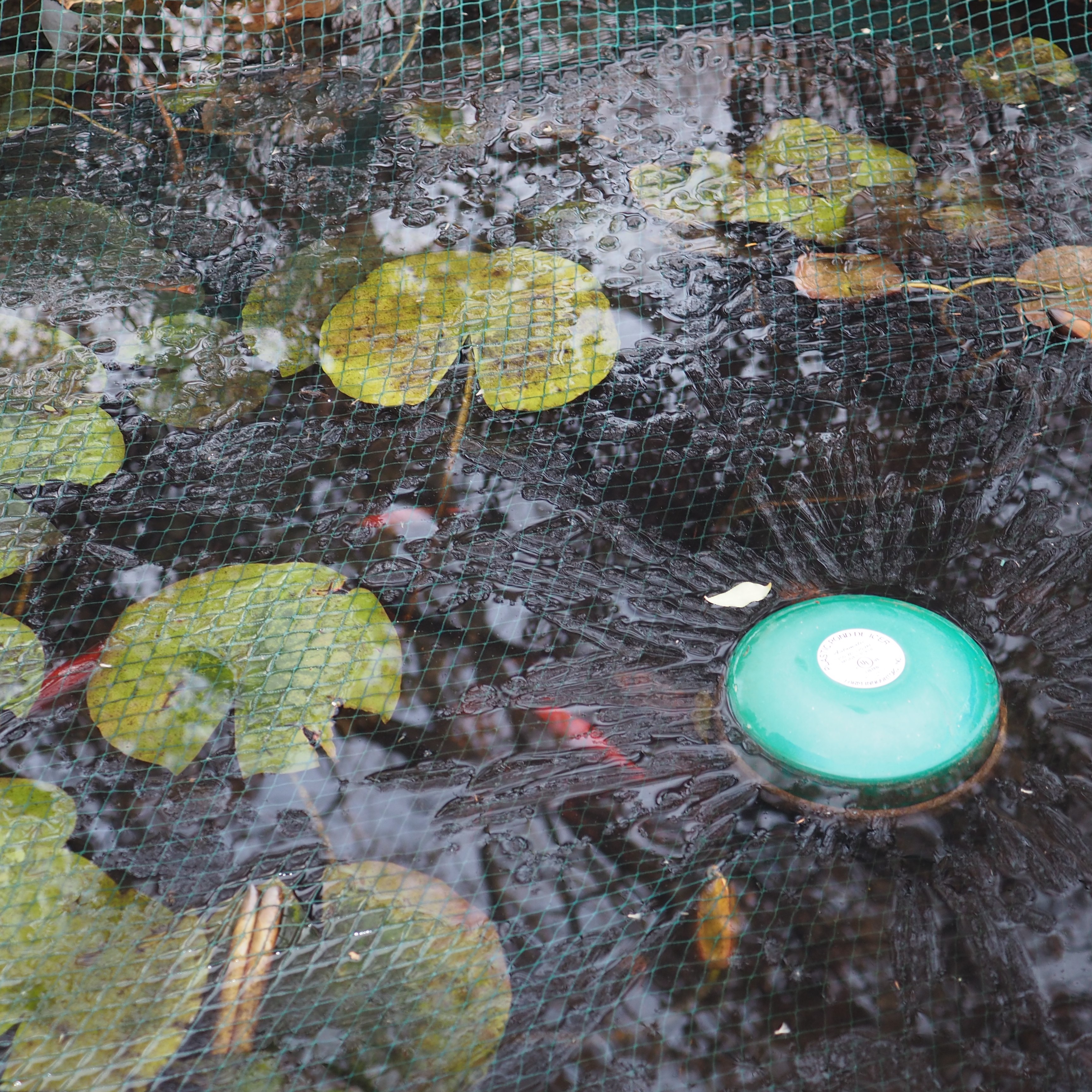
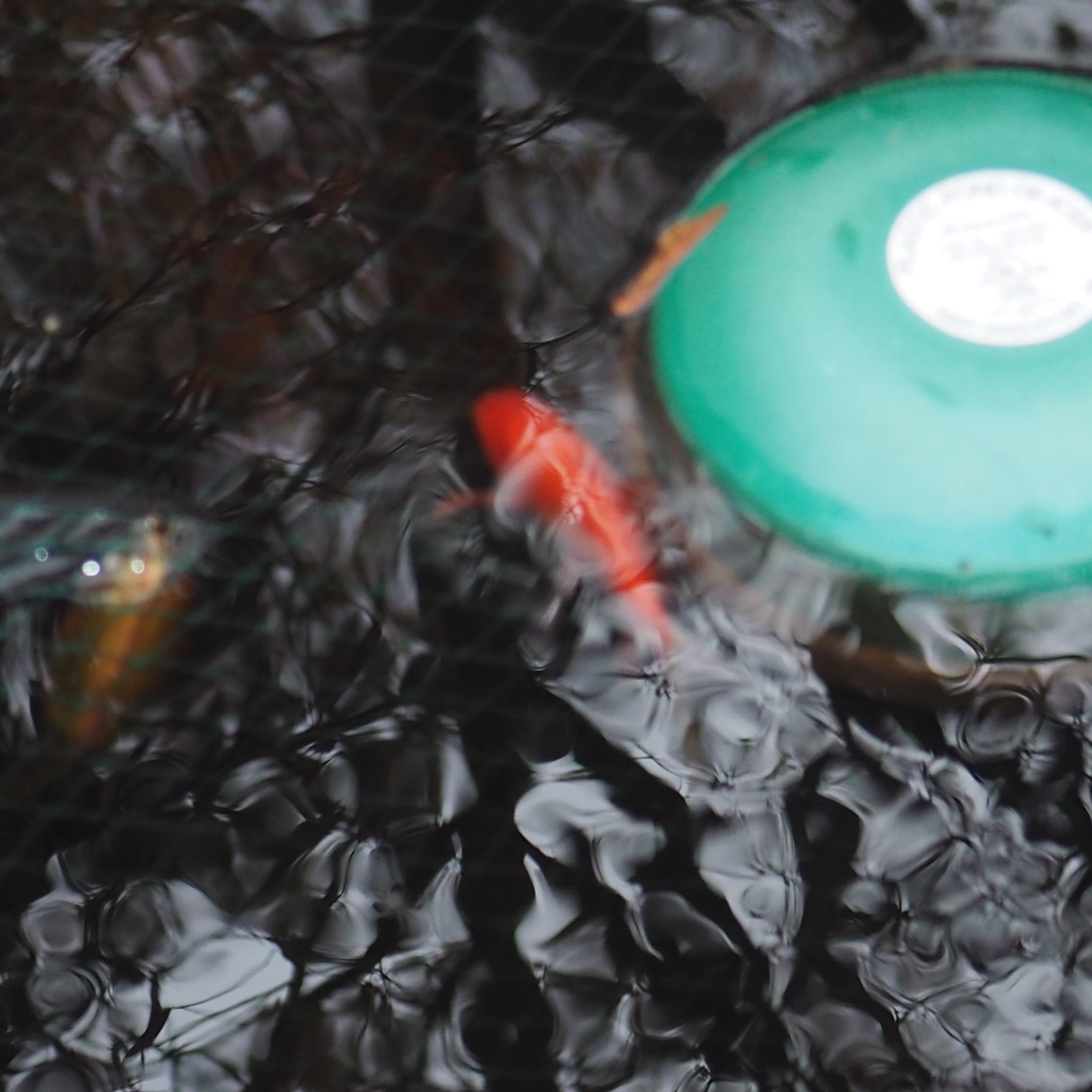
It's been cold out there. Not much freezing, but cold. Add to that a stiff wind and it feels even colder. The leaf net over the pond is filling again. The Norway maples are almost empty of leaves. Here you see the pond with a few fish shining through the net and leaves and strange ripples. In the middle picture the freezing seems to be radiating from a central point. But I found the ripple pattern in the last picture most intriguing. Are those square ripples coming from the squares on the net?
Remember that there is information in the name of the file for each image. You can see it by mousing over the image - look at the lower left of the screen. Or you can click on the image to get to the (usually) larger image. Then the info is displayed in the address line above. Sometimes the second click will actually display a different view of the original image.
The Small Honey Ants are such faithful friends! Almost every day I see a few scrambling across the shop siding. Third here is the Barklouse Graphocephala cruciatus, the last of the barklice so far. They have also been faithful friends as fall has started to turn to winter.
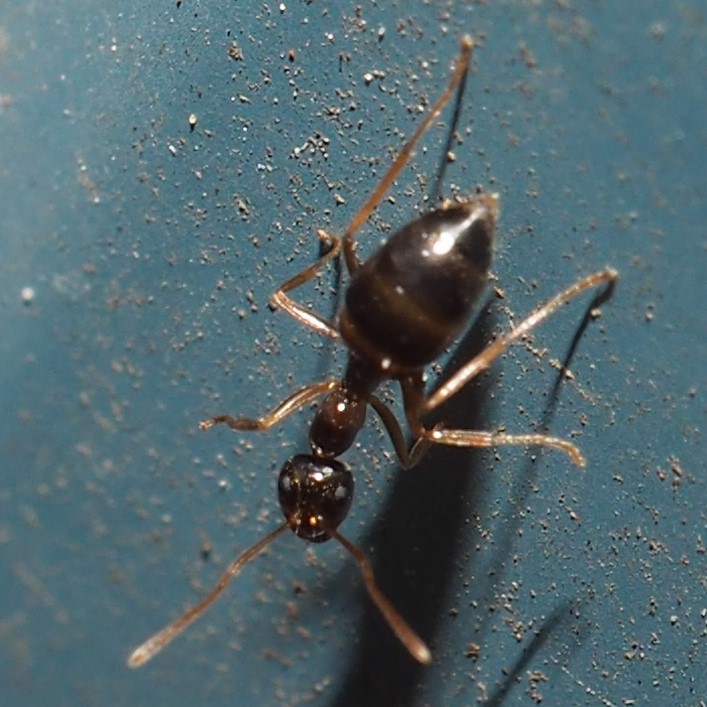
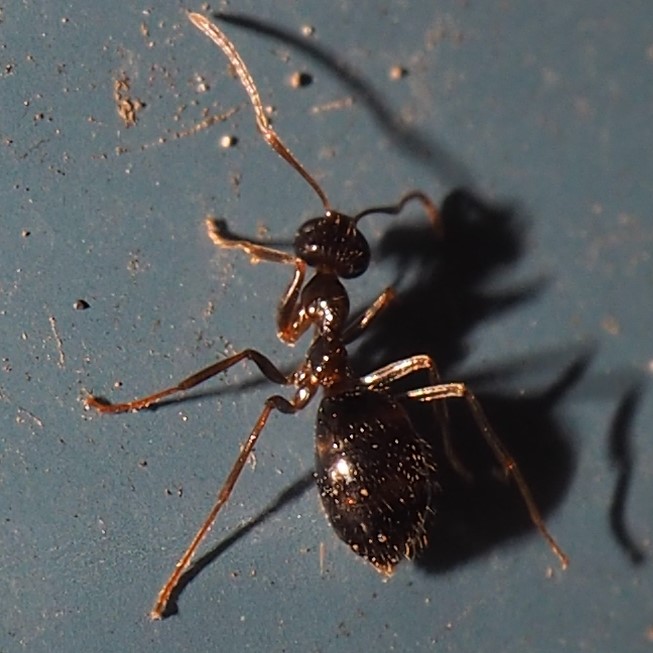
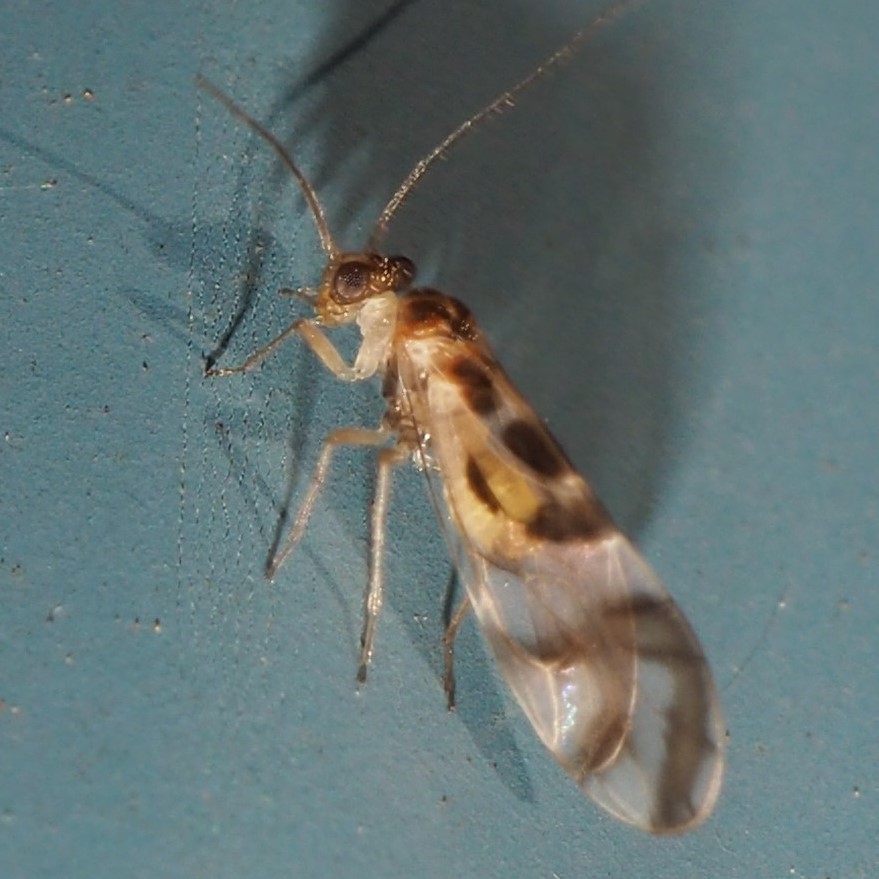
No Aphids. No Bees. But a few tough little Beetles still came to visit. There are more than one of these red beetles, probably of genus Cryptophagus, some of them still displaying what I think must be some kind of parasite.
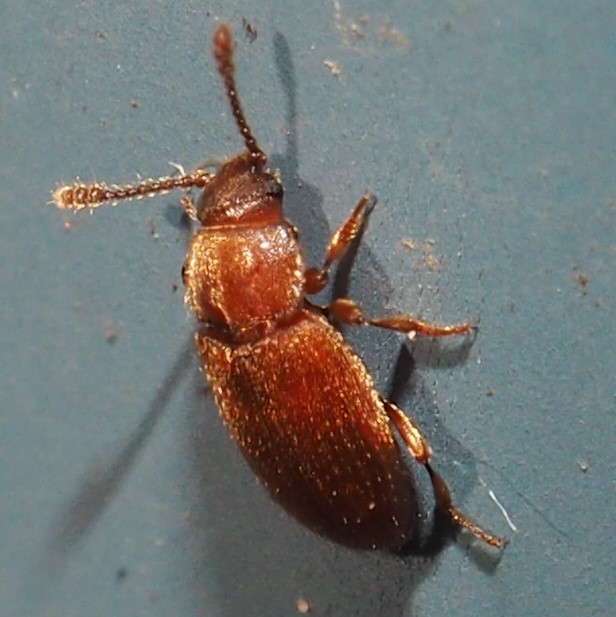
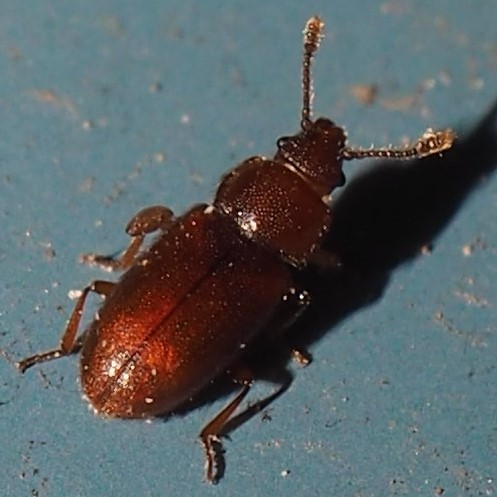
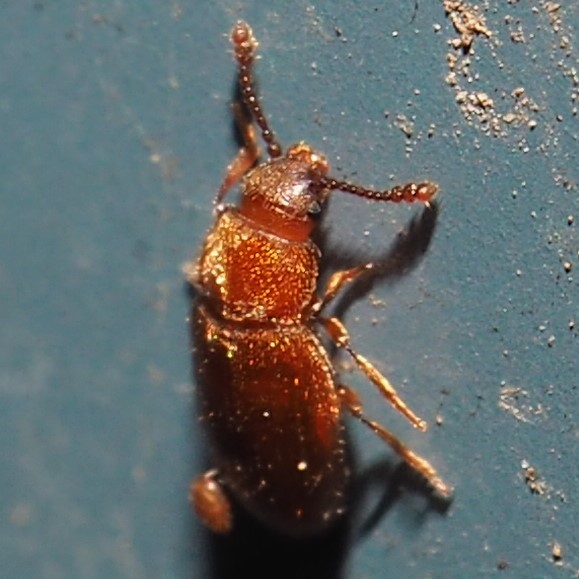
This first one may be a relative of the above red beetles. Second is a delightful little Asian Lady Beetle. And third is a Lightning Beetle of some sort, perhaps a Winter Lightning Beetle.
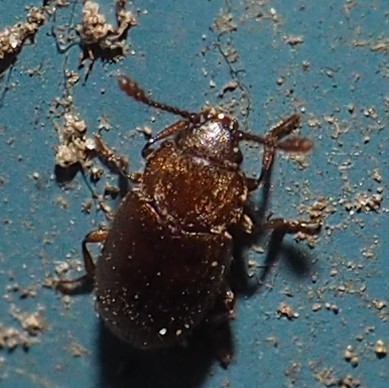
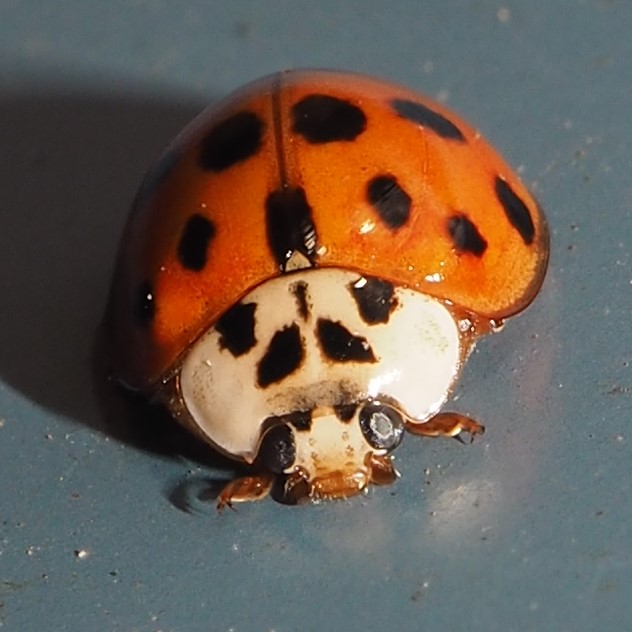
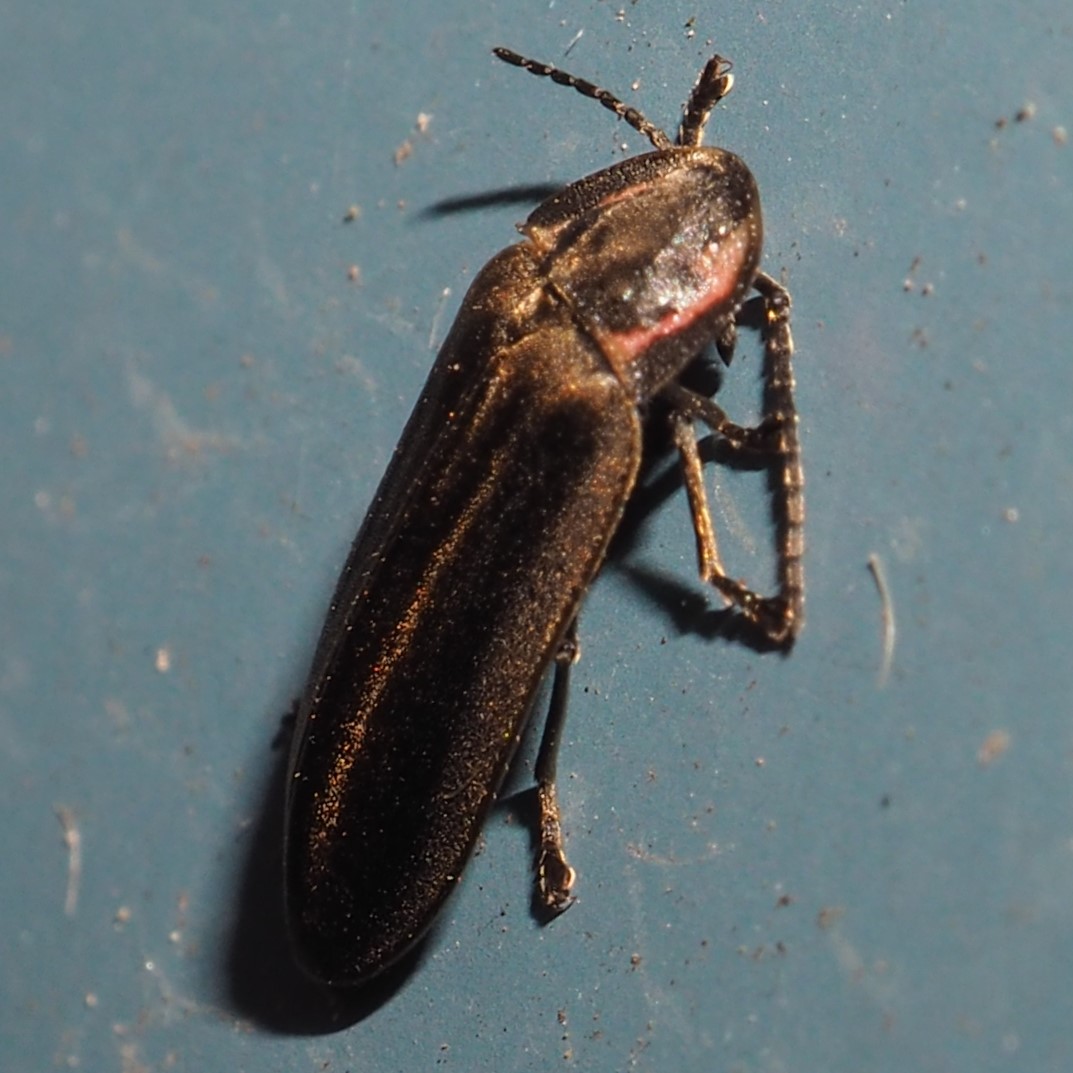
As for bugs, our beloved Drymus unus, the Dirt-colored Seed Bug, it is still around. These images run from November 24th through December 6th.
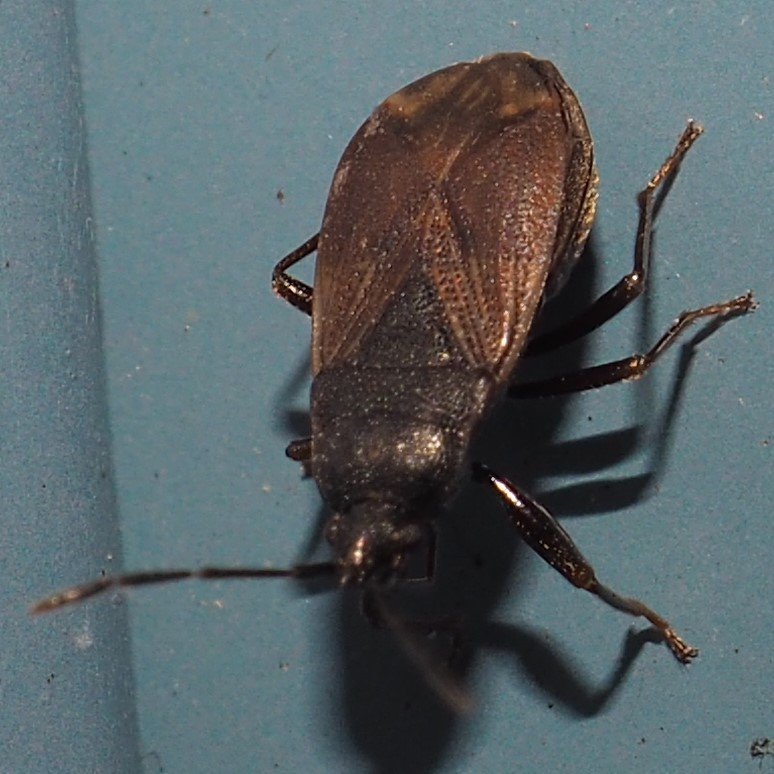
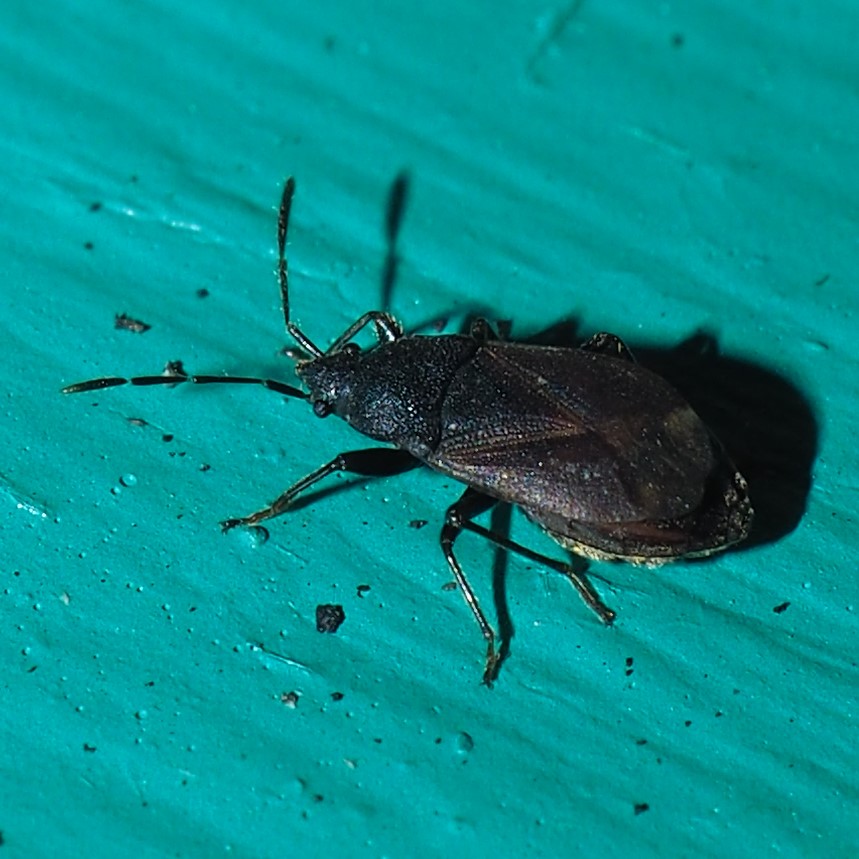
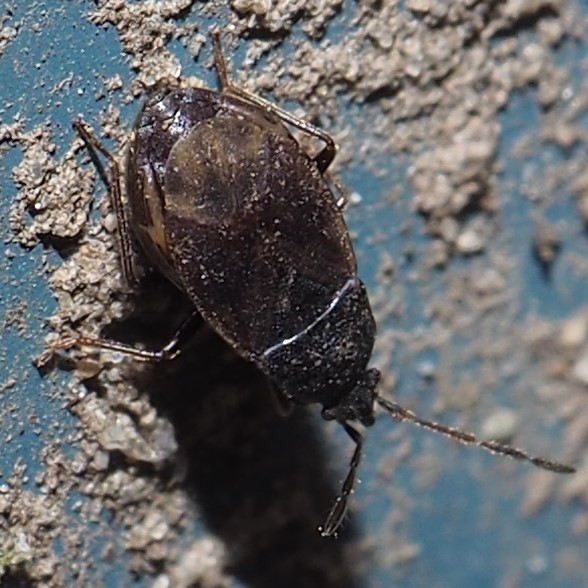
Believe it or not, in the past two weeks, there has been a little bit of Leafhopper action. First up is a modest little member of the Balclutha genus. Apparently they can't be identified to species without dissection or using a microscope. Similarly for the next fellow, genus Dikraneura (two images).
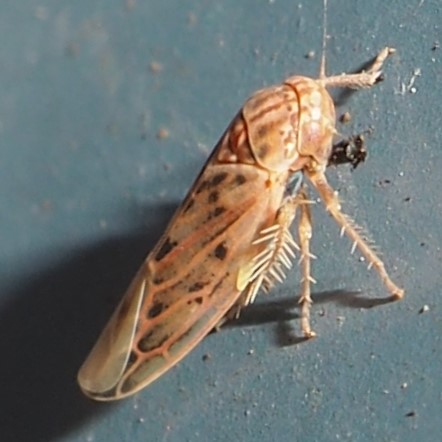
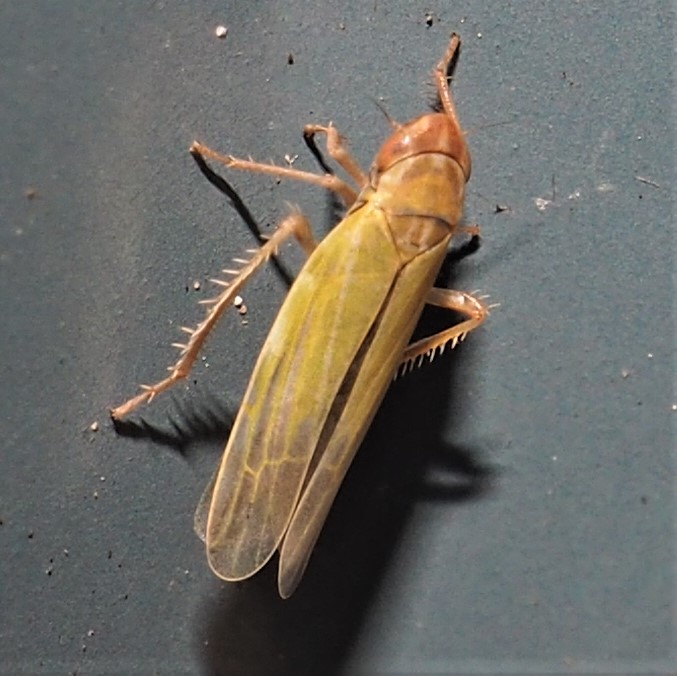
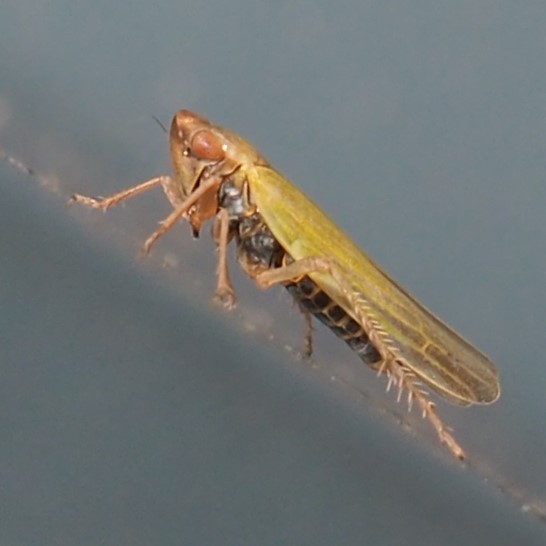
Erasmoneura vulnerata is another faithful friend. I've seen it many times this year, but didn't expect to still be seeing it in December! Second is a battered-looking member of genus Erythridula, the former Arboridia. Third is one of the Lygus Plant Bugs, one of the ones that round off the autumn.
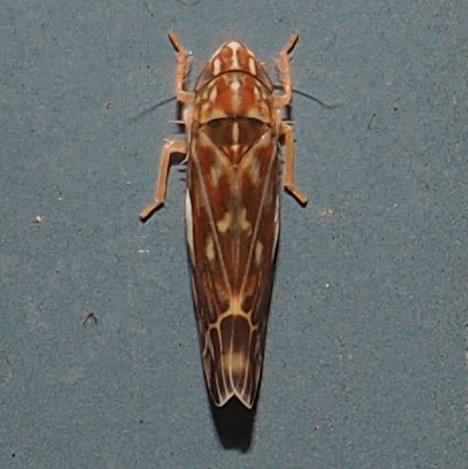
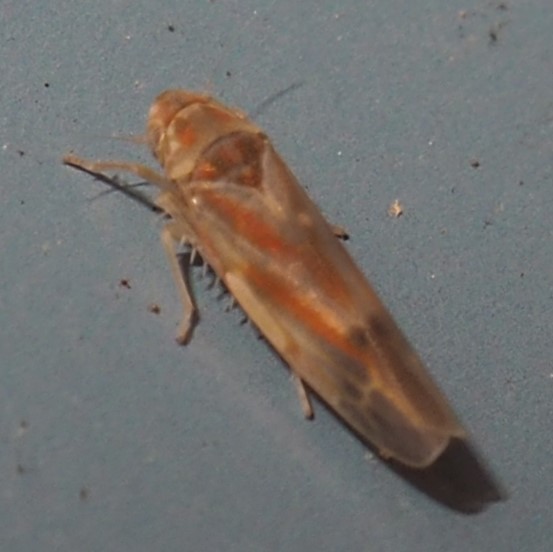
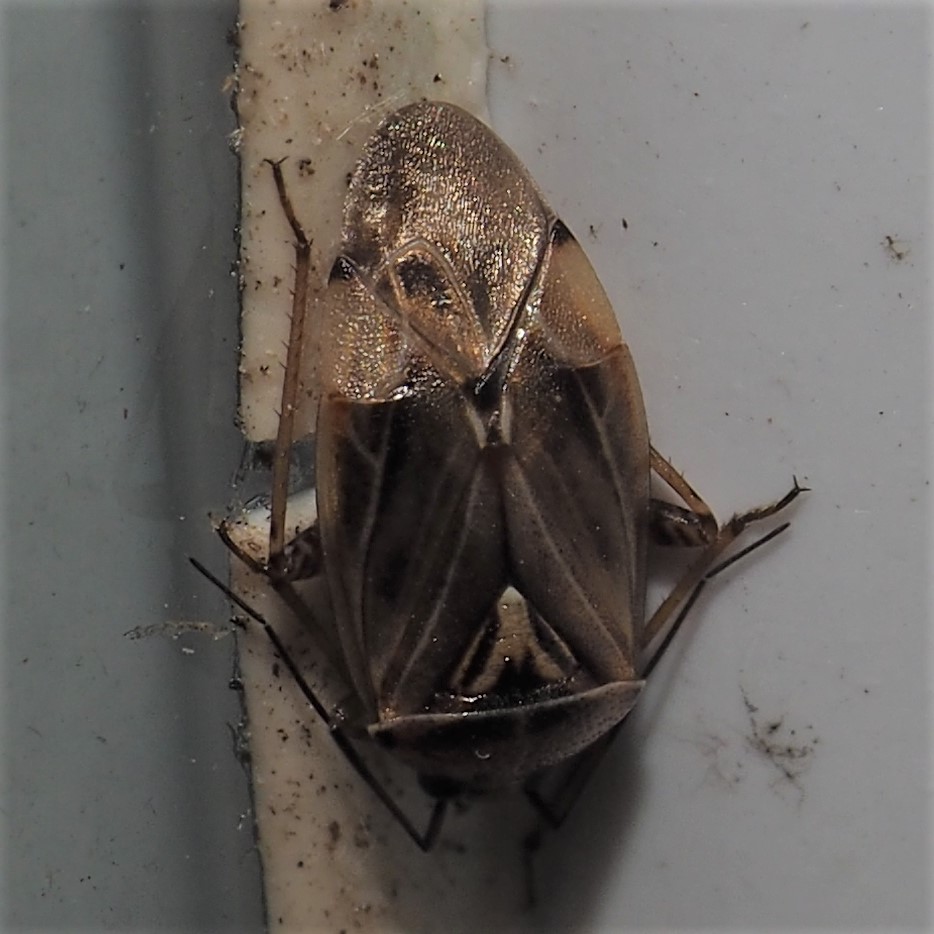
Pictures 1 and 2 are of the same Stink Bug. Picture 3 is a different one. I don't know the species of either of these.
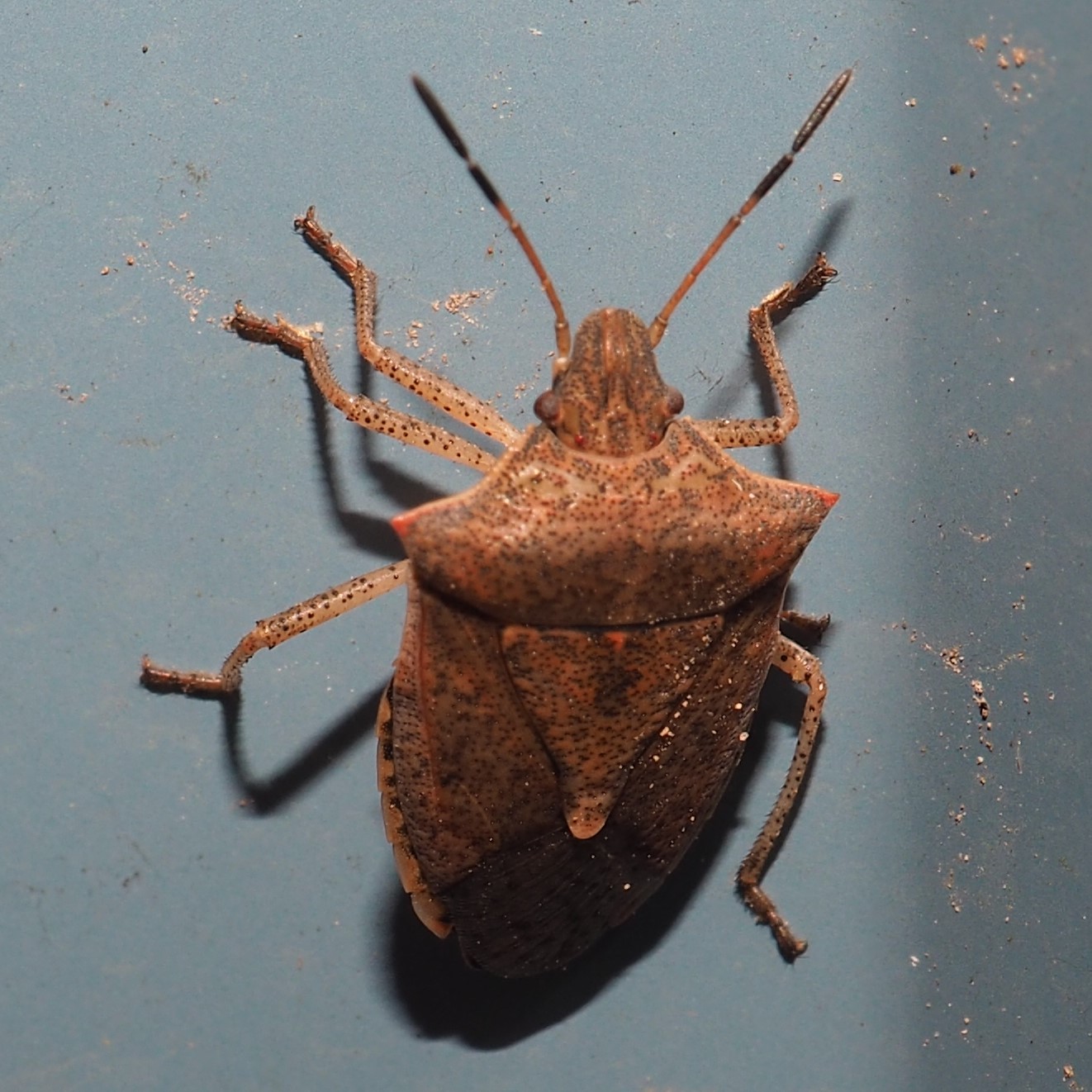
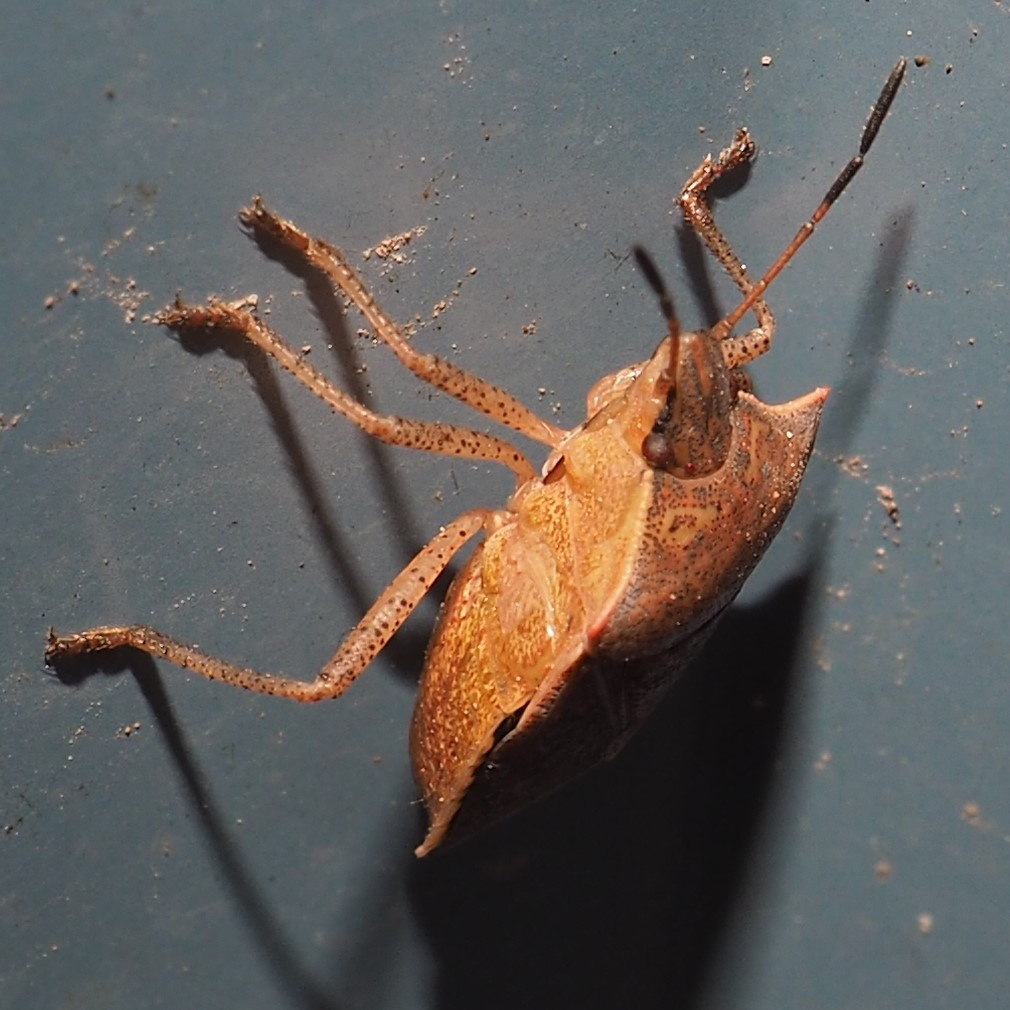
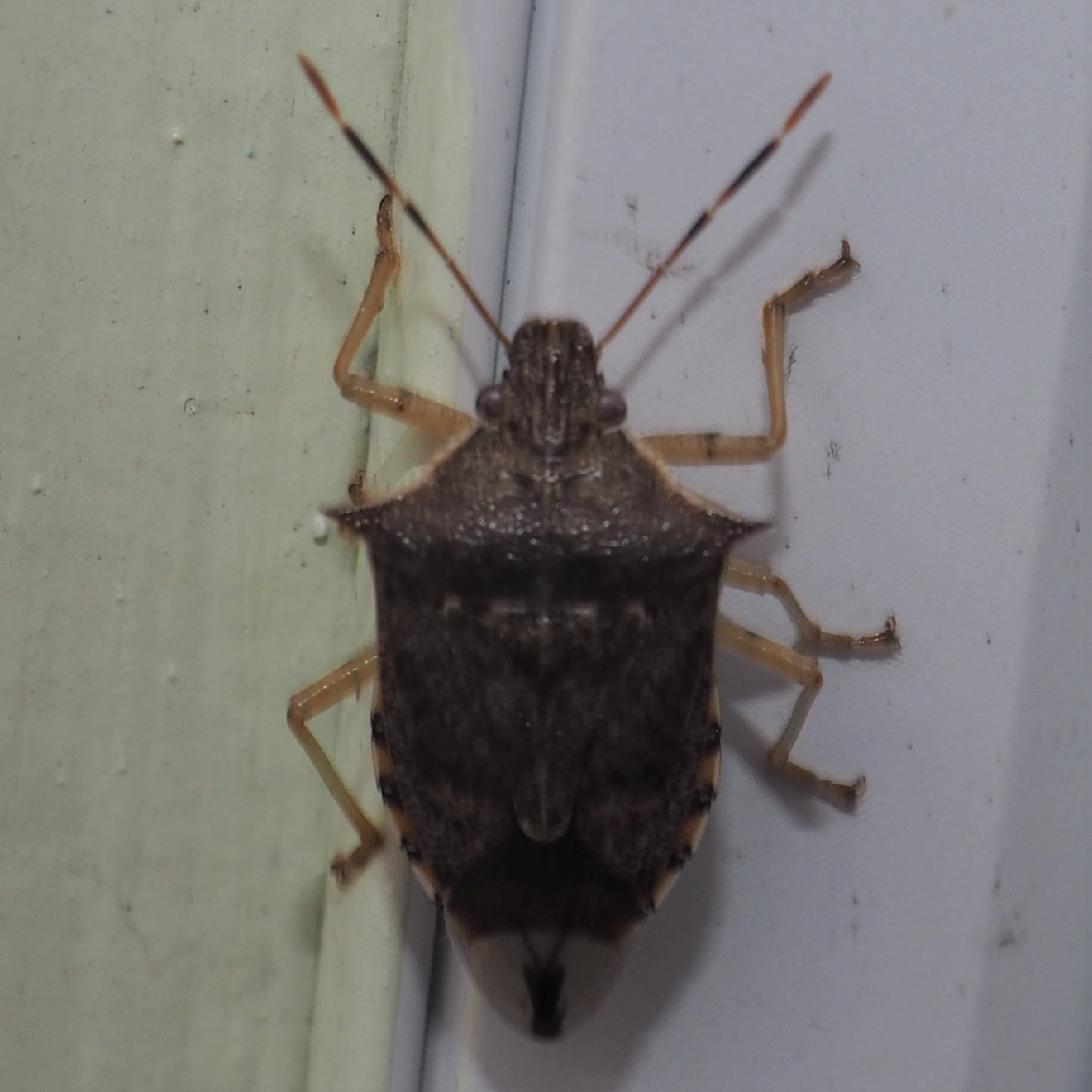
The flies were slim pickin's. But here are a Crane Fly, a Fungus Gnat (I think), and a Humpbacked Fly.
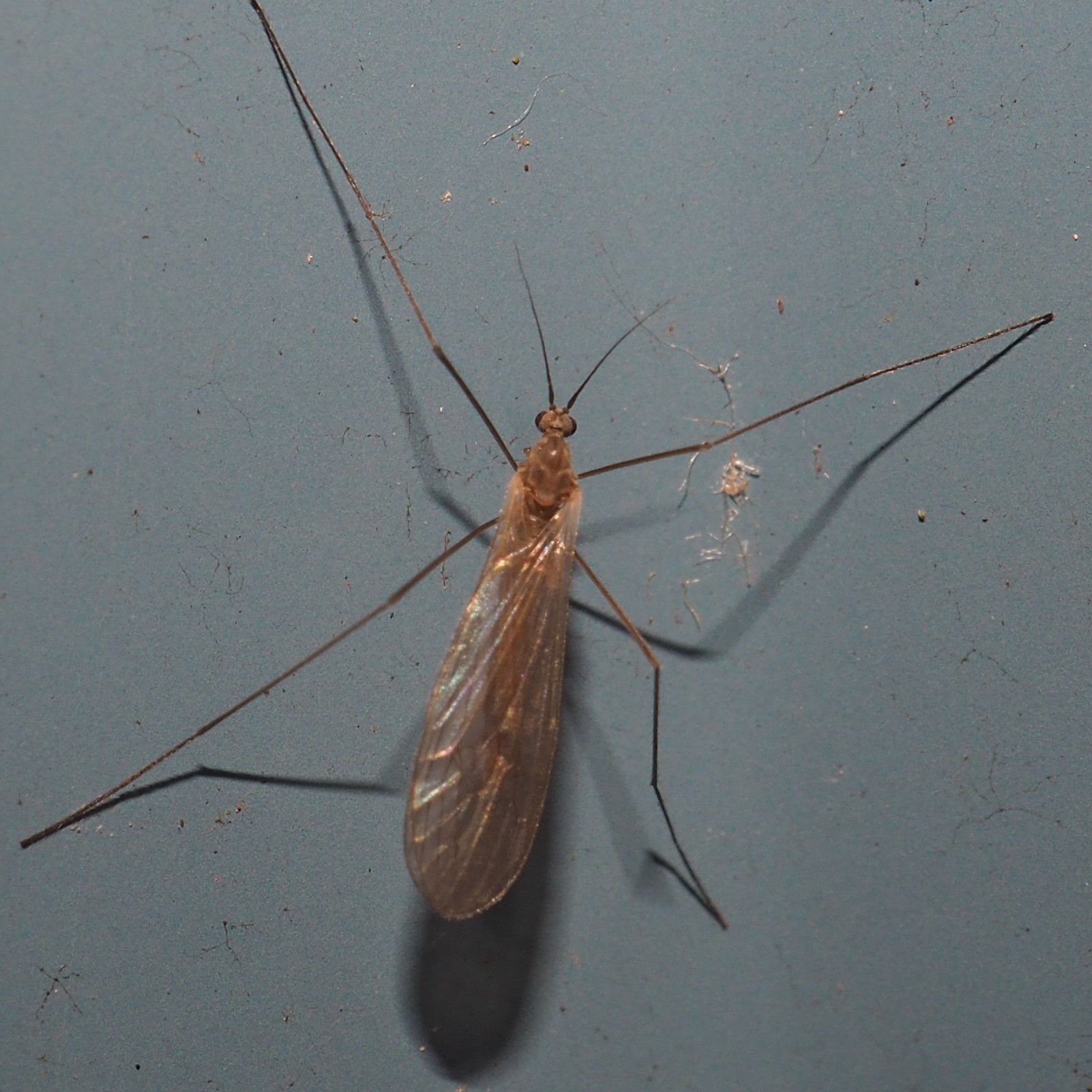
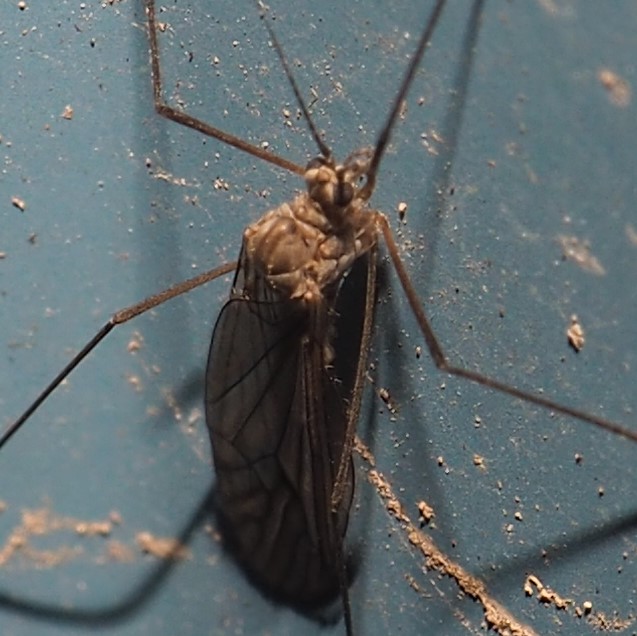
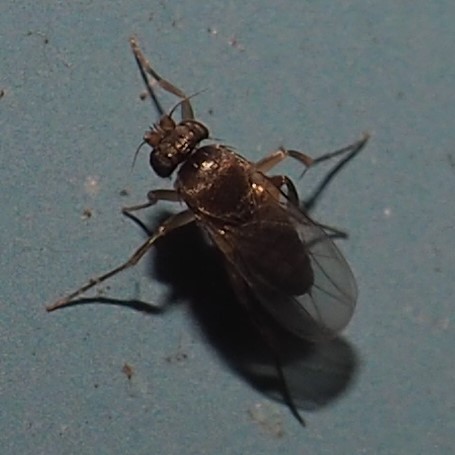
Here are a few other mystery flies:
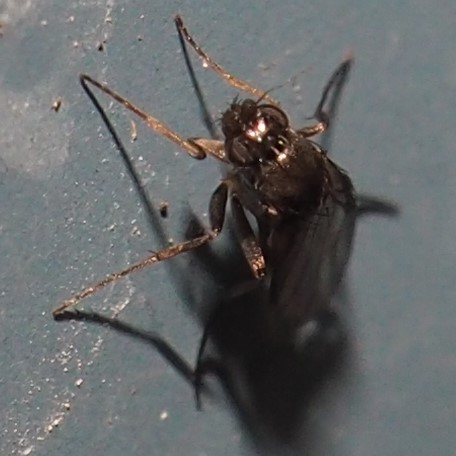
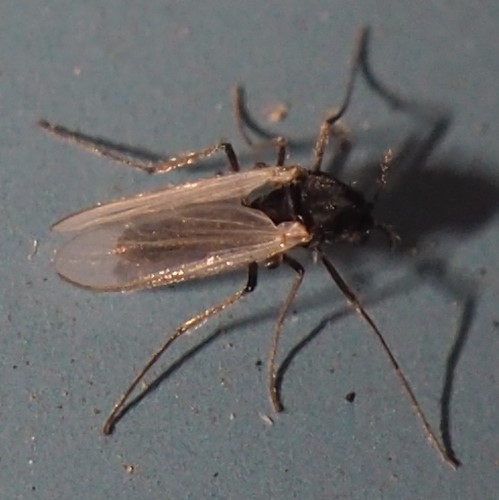
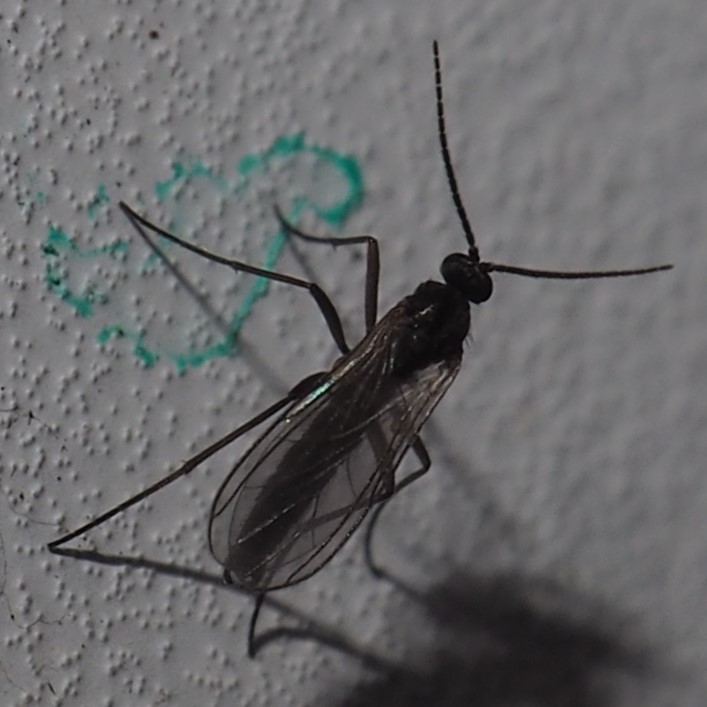
There are still a few adult Harvestmen out there.
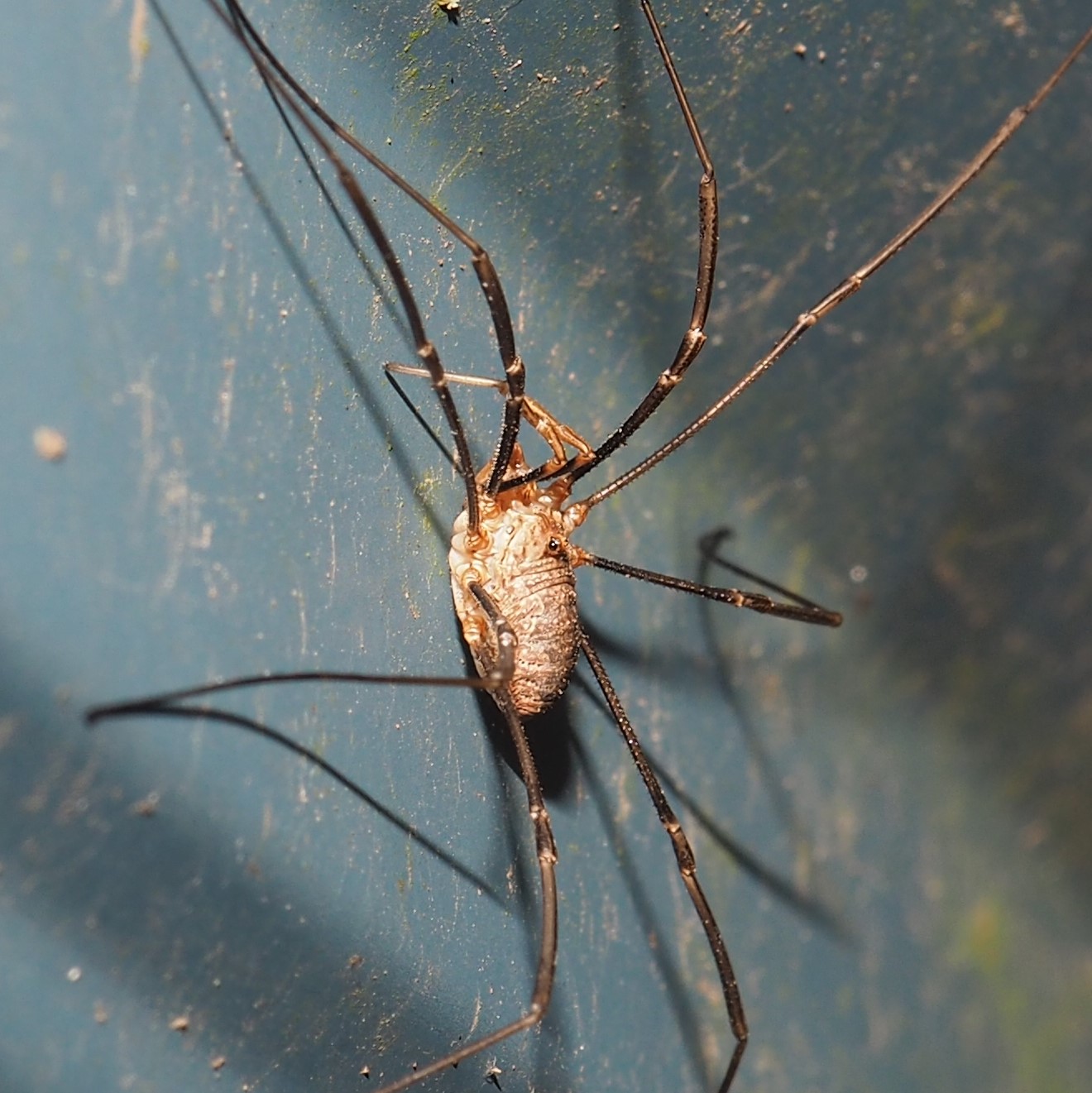
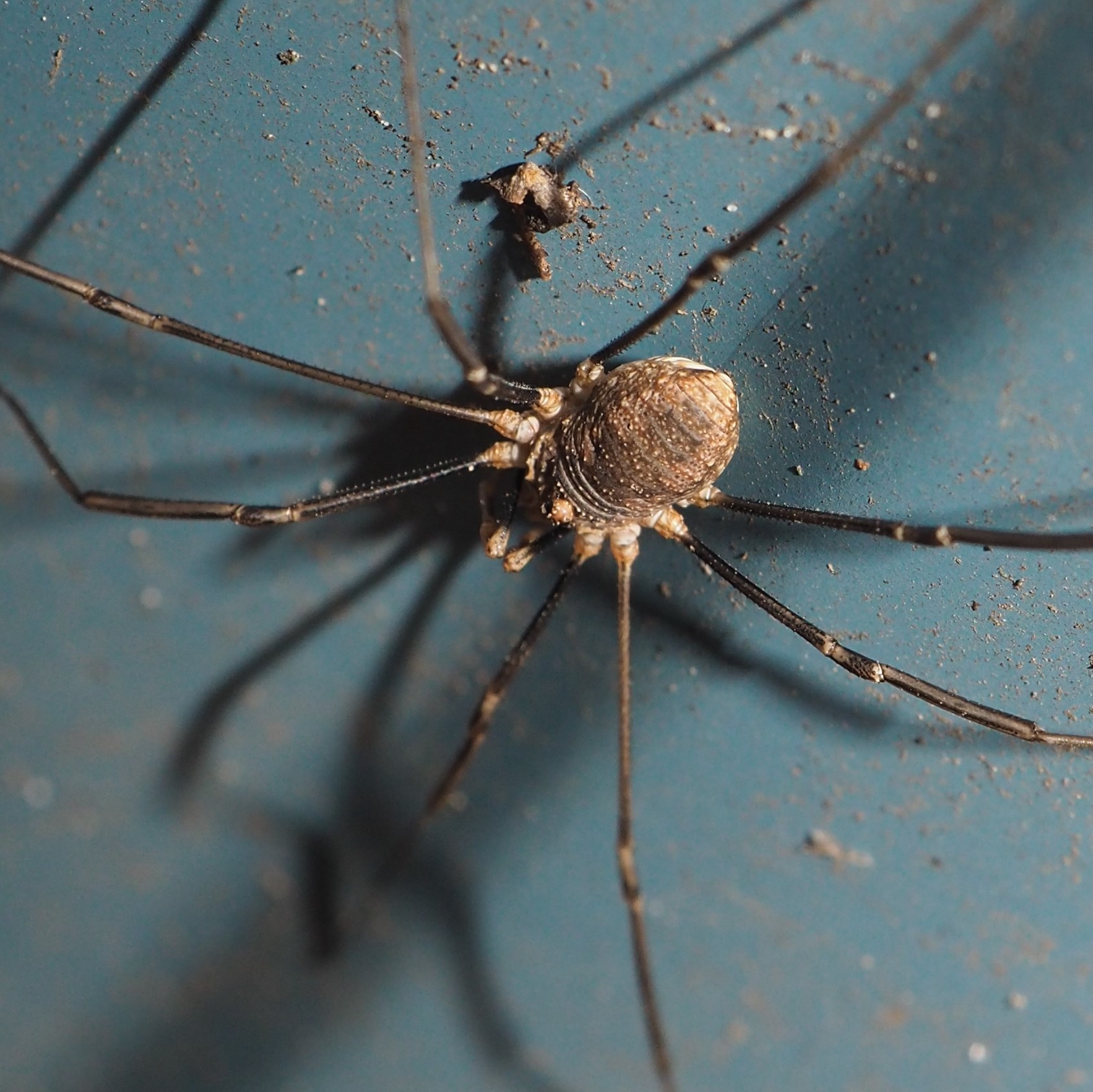
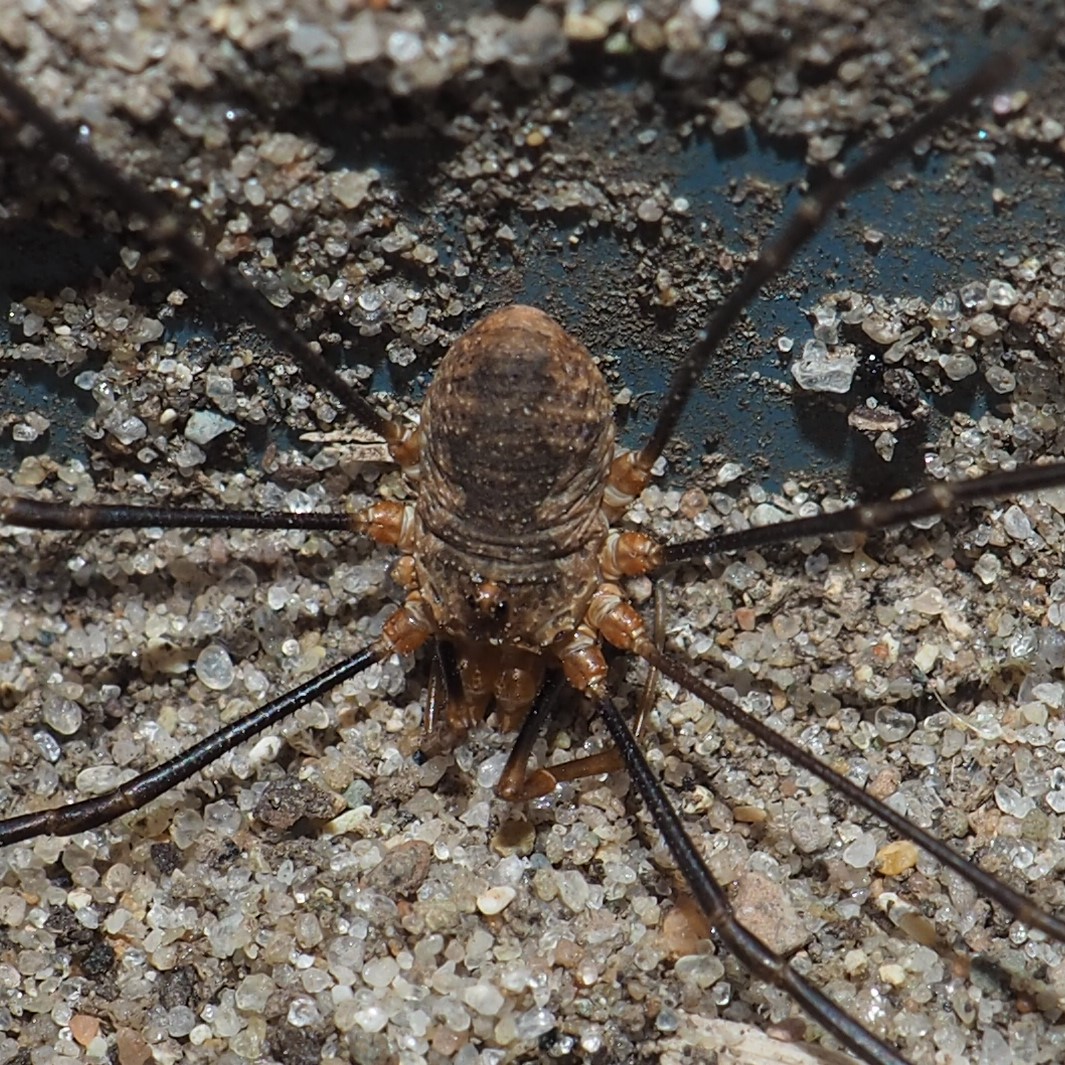
Something in the fall weather seems to bring out the Loopers, caterpillars of Geometrid Moths, or Inch-worms as we used to say. Here are some shots of one from November 24.
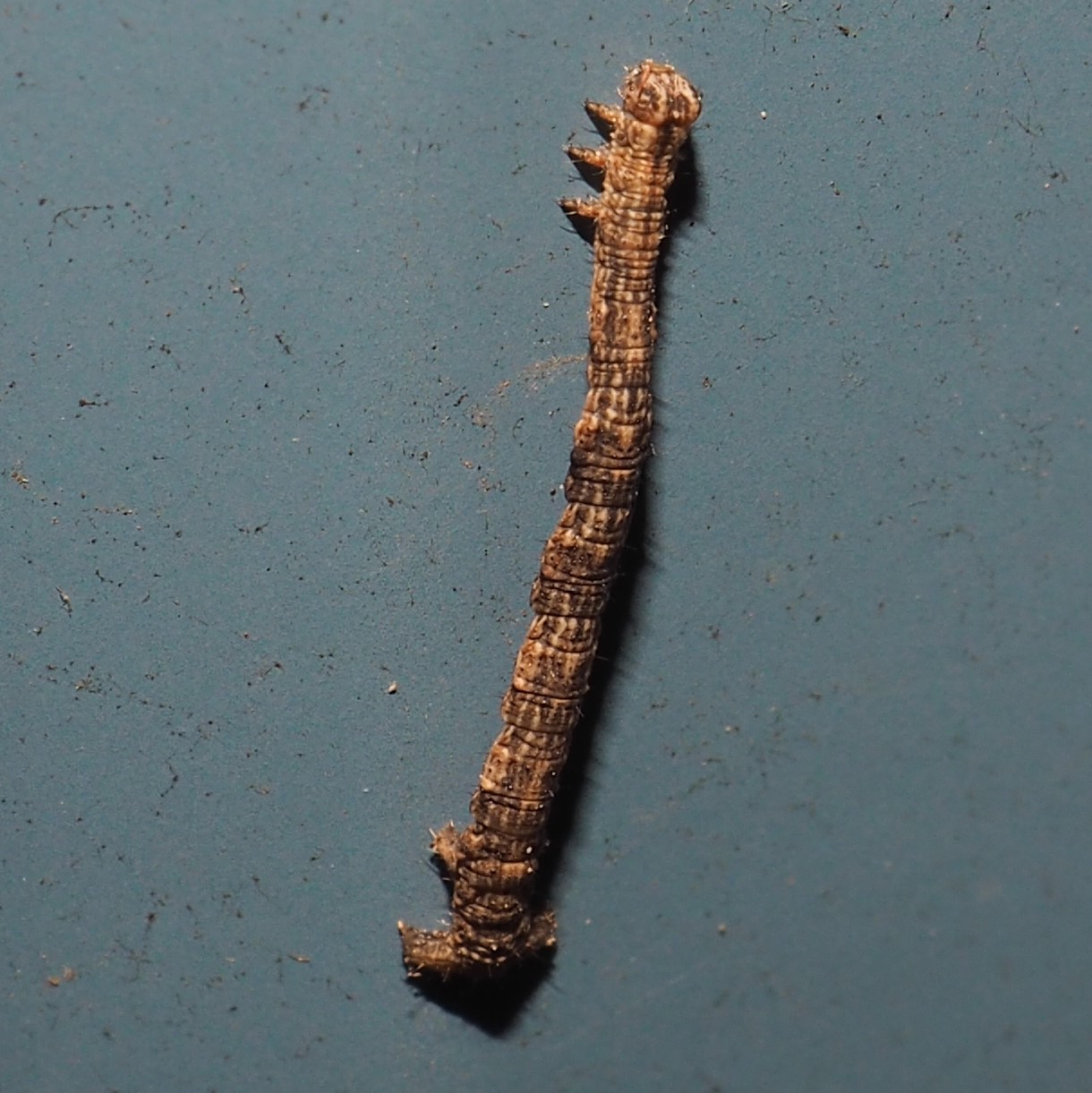
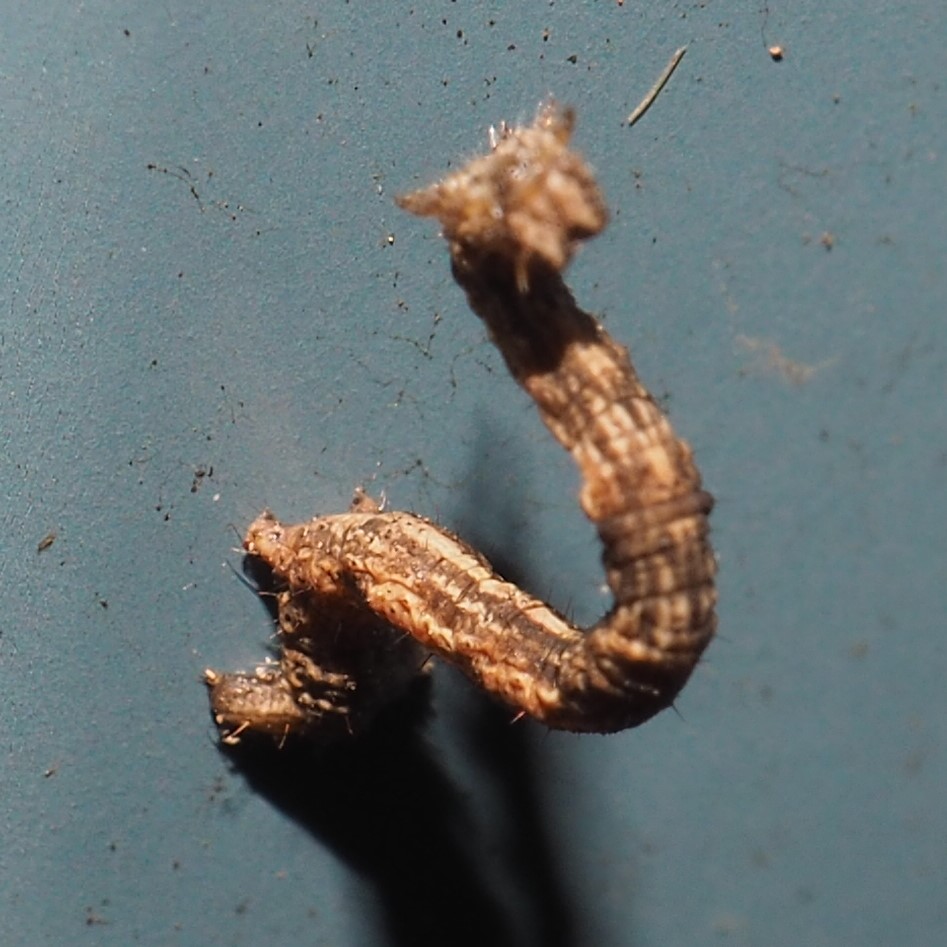
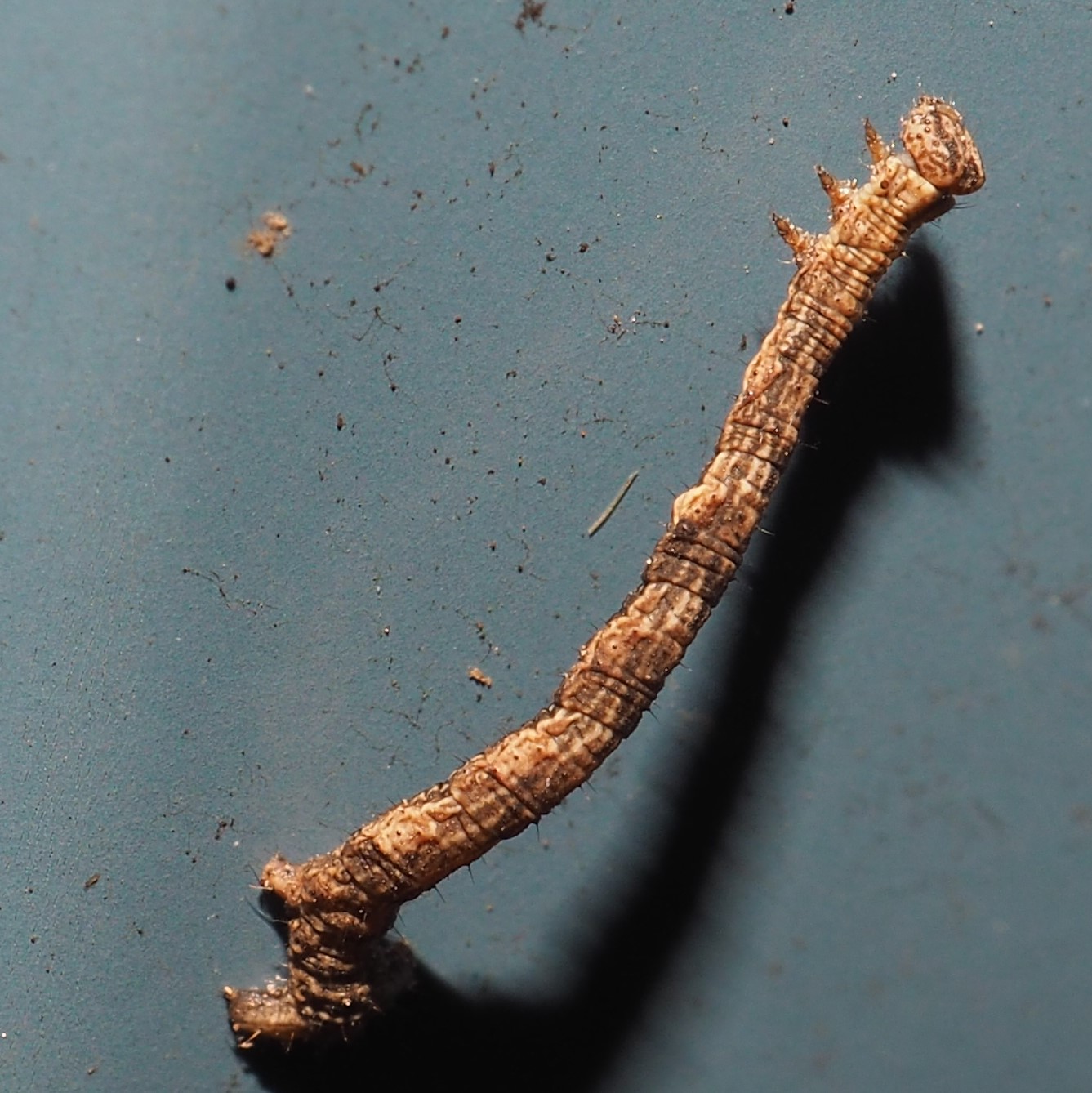
Here's a grey one. A tan one. And what I think is a repeat of the last one from November 24th, actually a frame from the GIF in the next set.
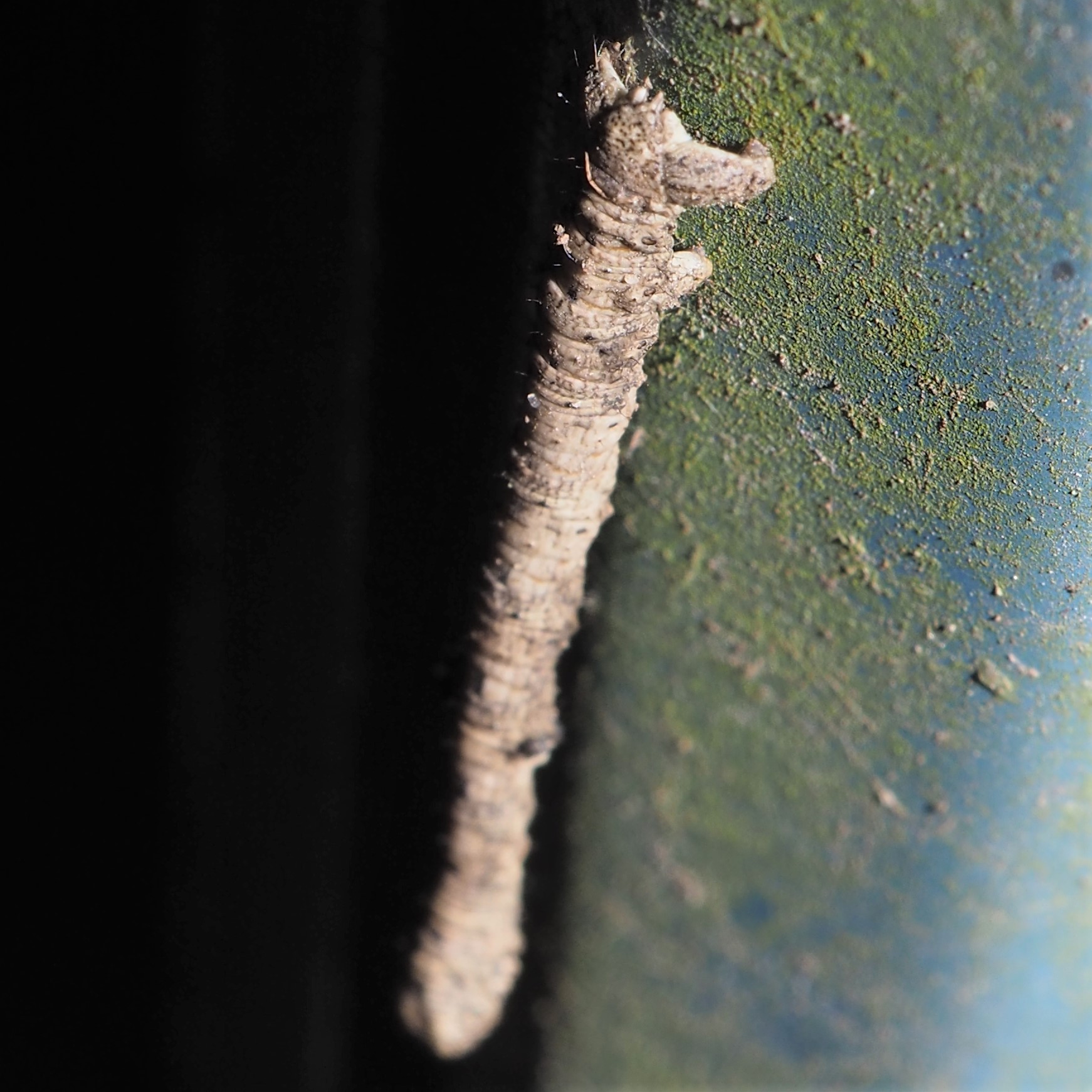
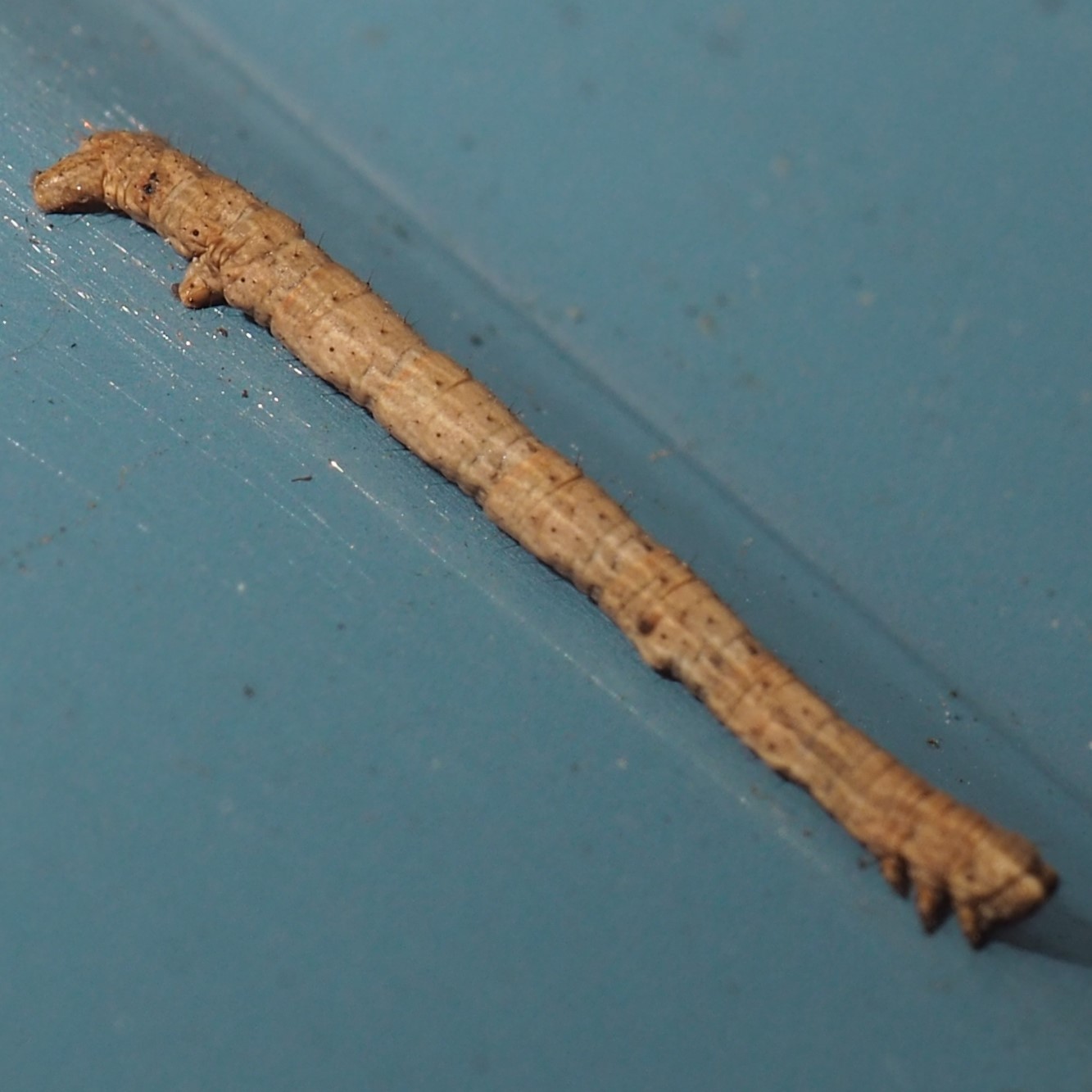

Here's the movie of that last one.
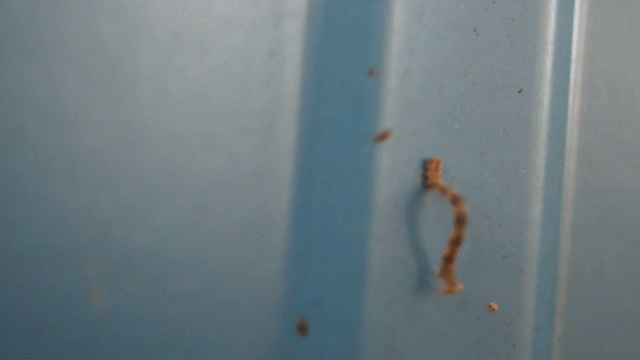
Here's some kind of Moth. Second and third show another moth, the so-called Plume Moth, a day apart.
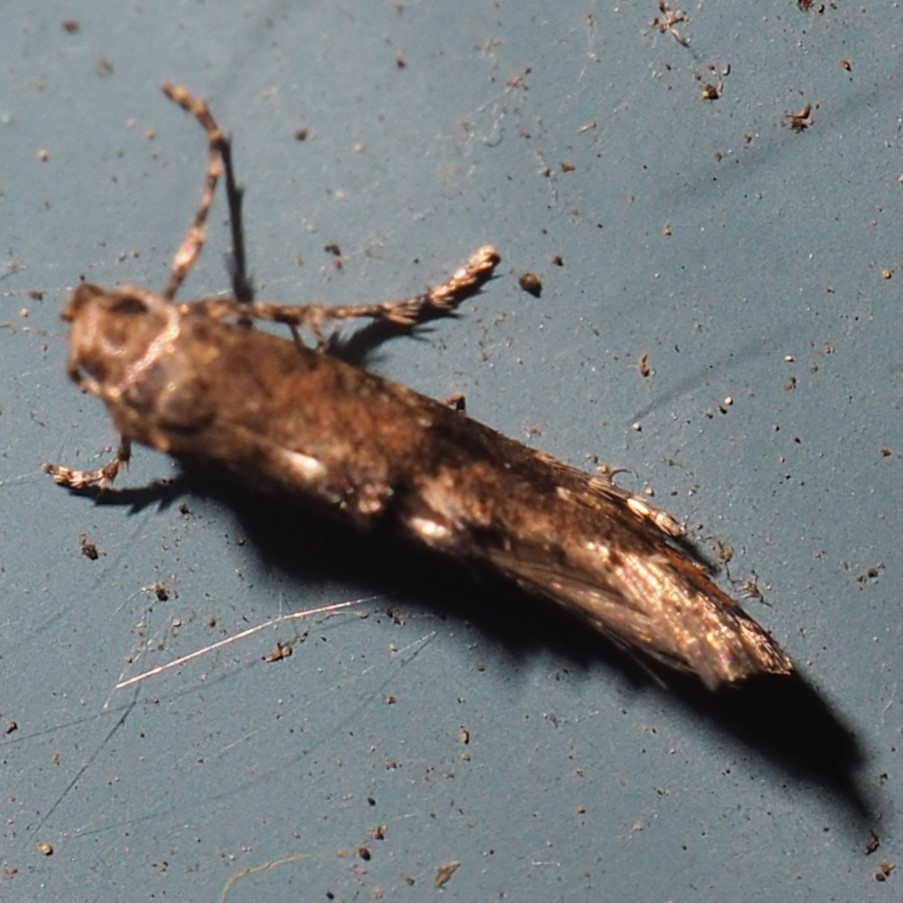
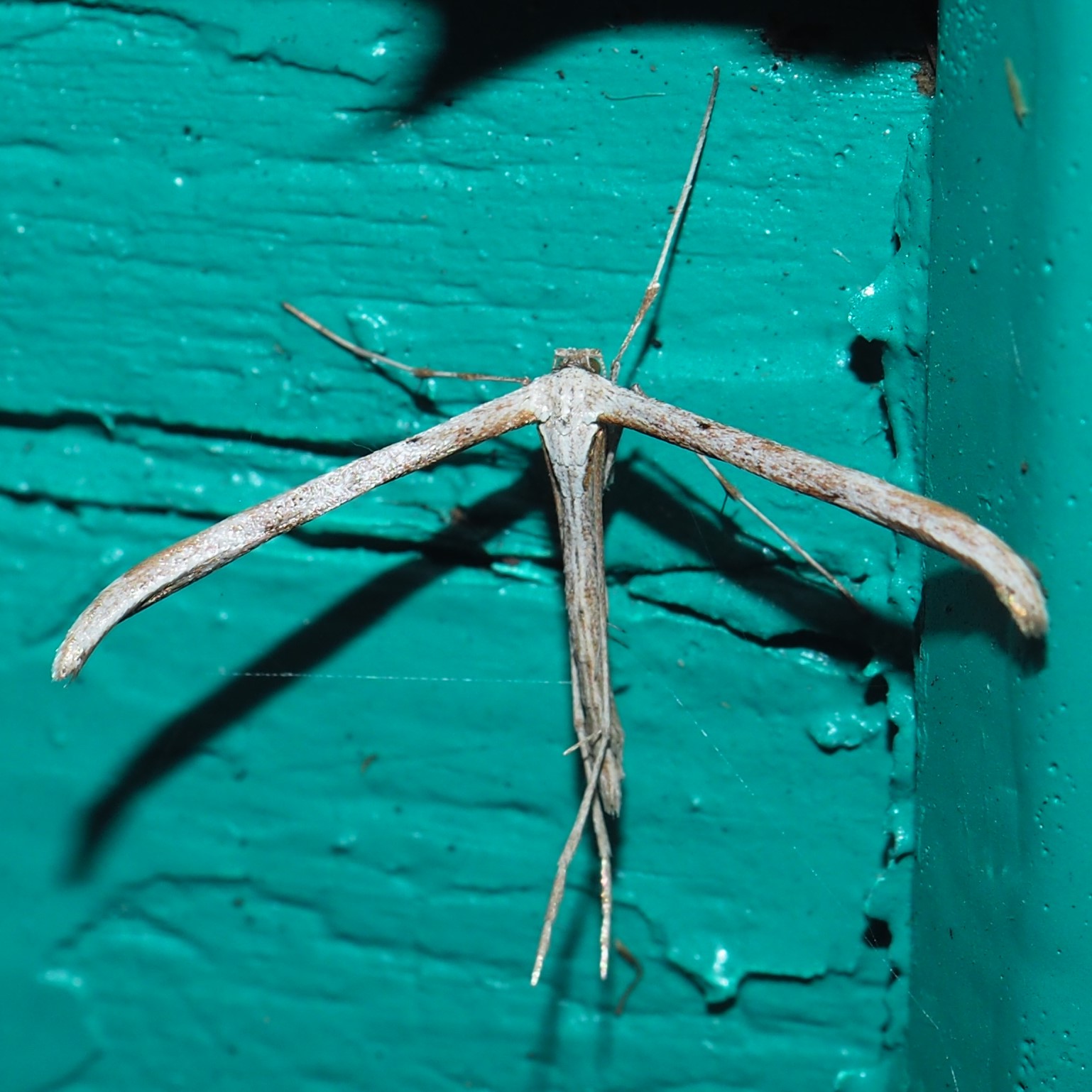
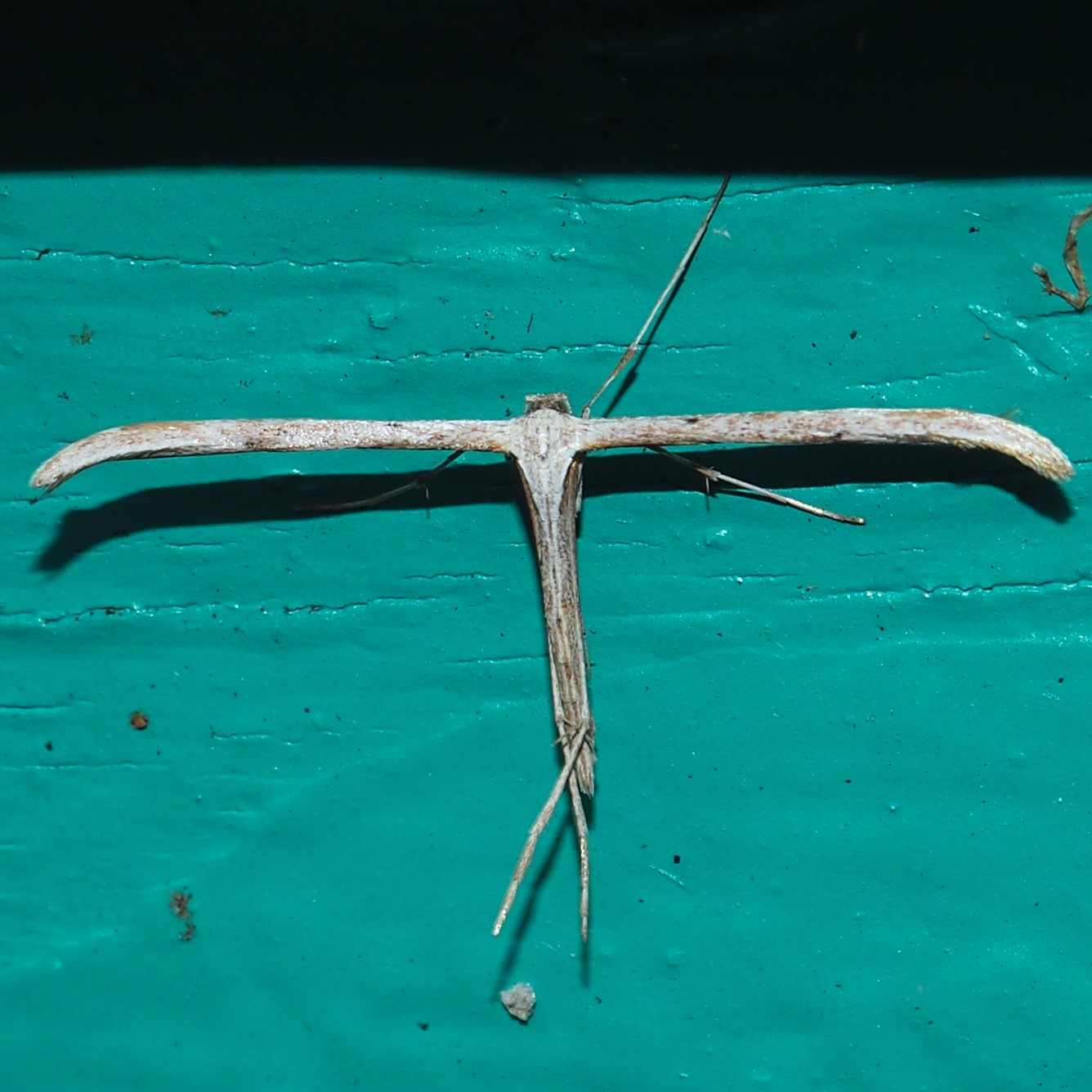
Well, suddenly we find ourselves in Spider Land. It never ceases to amaze me how many spiders I see in the winter and never or rarely any time else! First up, a mystery Cobweb Spider. Second may be the same kind or may be a Common House Spider. Third, a Running Crab Spider.
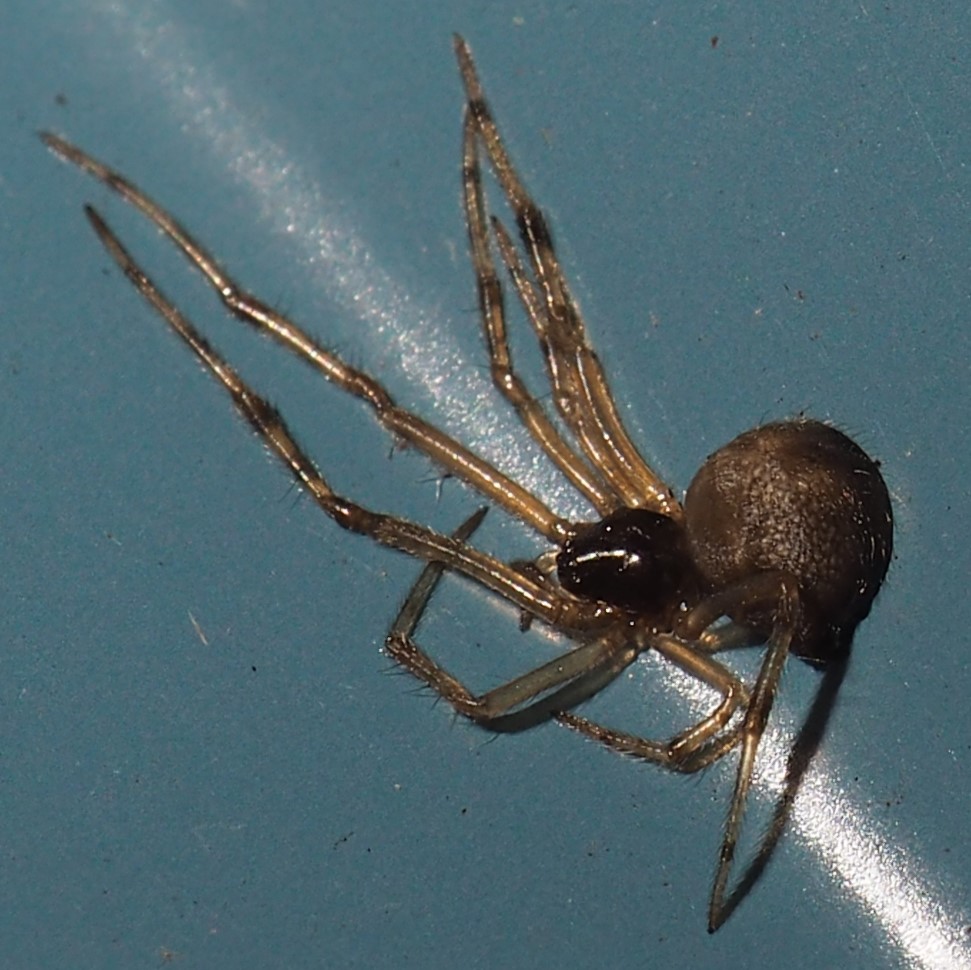
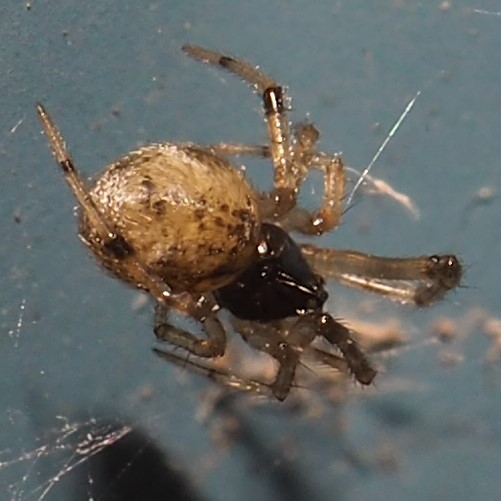

First, a Cribellate Spider, with its legs stretched out in both directions so that it has a somewhat needle-like appearance. Second is one Matt Claghorn named simply Entelegynae, a large category that holds most of the common spider types. Third is one of the Dwarf Spiders, genus Grammonota. I love their pattern that looks as if it's been submerged under some dark water.
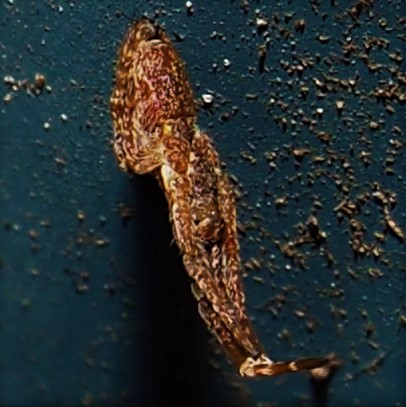
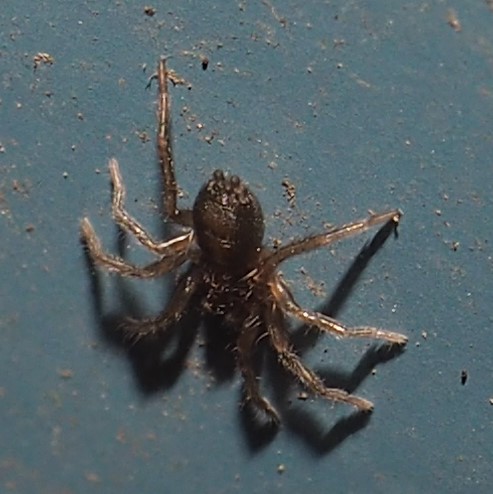
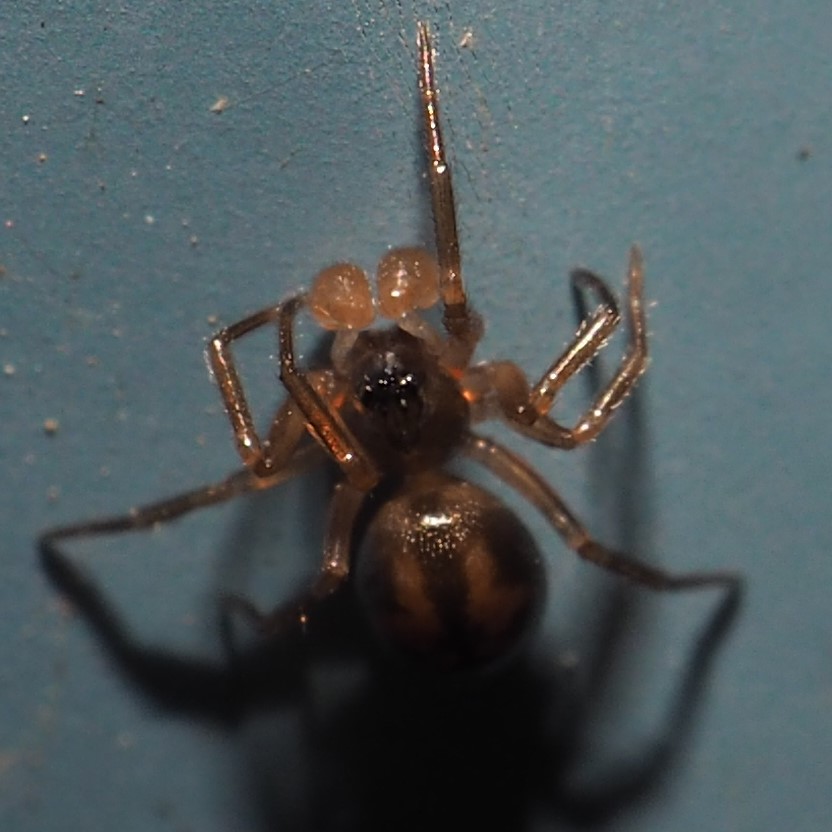
This bright orange spider is a Horned Parasitic Cobweaver. The first time I ever saw one of these, it looked like a solid tetrahedron. As I watched, it unpacked itself into a real spider! That was an exciting day! Second is, I think, a Jumping Spider. It seems to have those headlight eyes but not pointing at me, but downward! Third is one Matt identified as some kind of Wolf Spider.
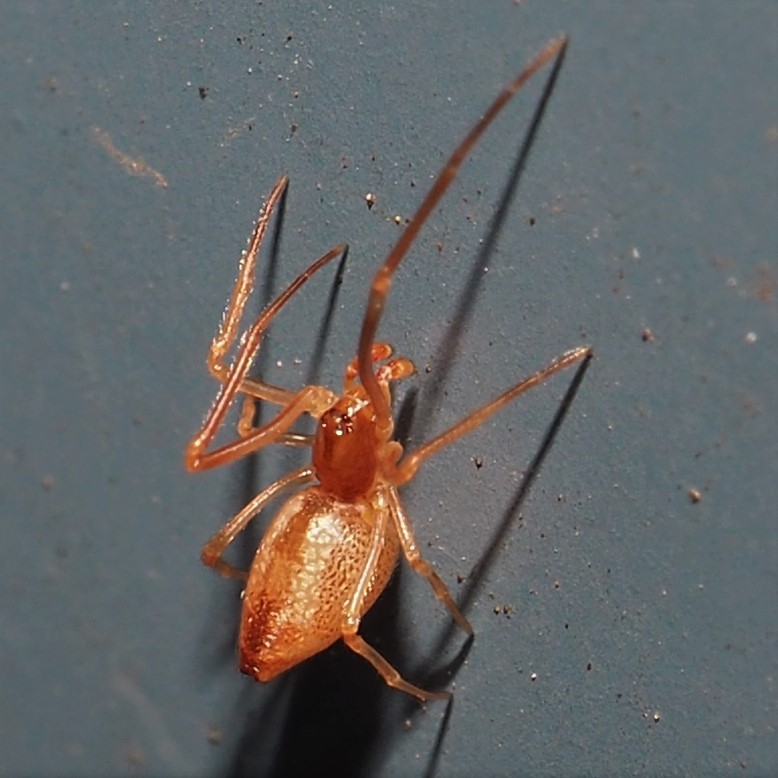
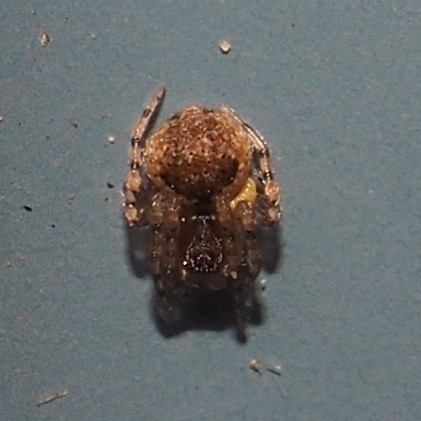

The star of the weekly show is (for me at least) this Green Long-Jawed Spider, Tetragnatha viridis, which appeared on December 1. I have never seen one later in the year than March. It probably lives up in that tall Blue Spruce tree beside the shop. On December 2 (picture 2) it seemed to have developed much deeper red saturation than the day before. But on December 3 both of the variants showed up - there were actually two spiders!
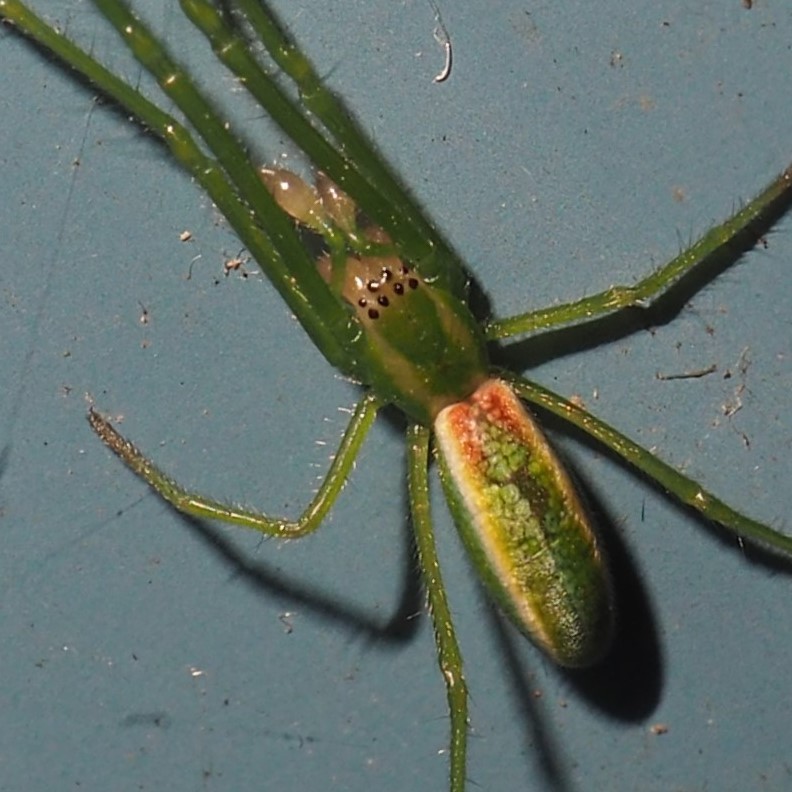
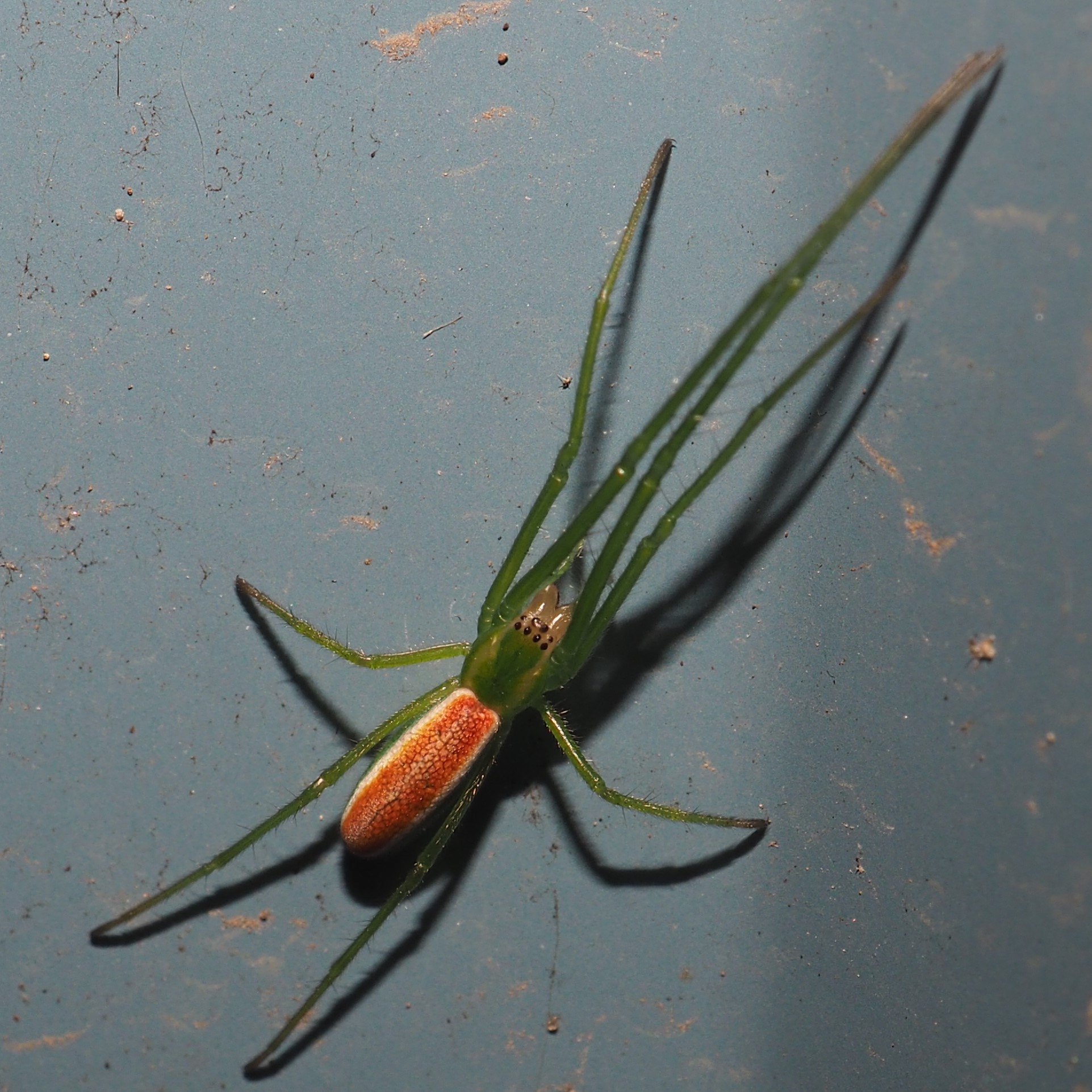

I wonder how or if you remember this little guy from the spring. It looks like a little white dot with your naked eye, but when you shoot it with a macro lens, you see this ladder-like ornament on its abdomen. This is a BABY Orchard Orbweaver, Leucauge venusta, on November 28. You folks down south may see a close relative of this spider which was only last year split off from it. Second is a side view from November 27, and third is a view as it races along a strand of web.
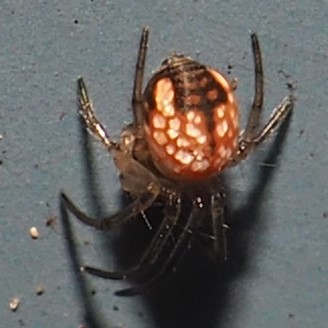
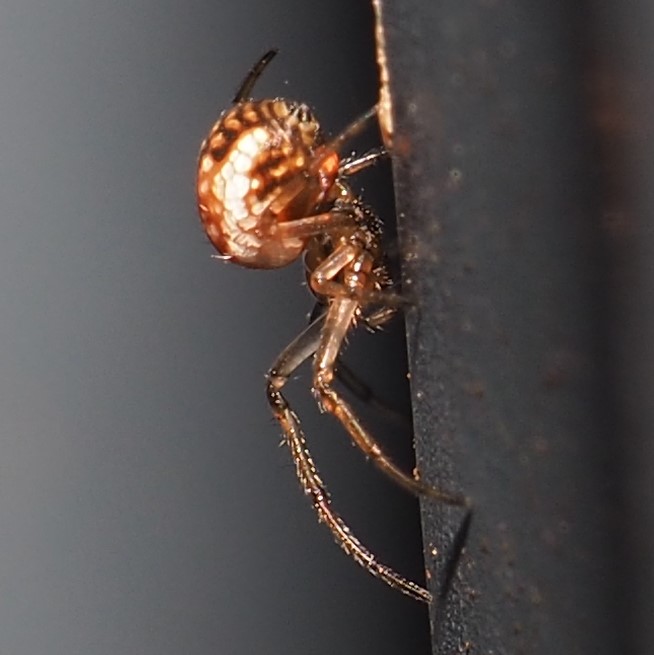
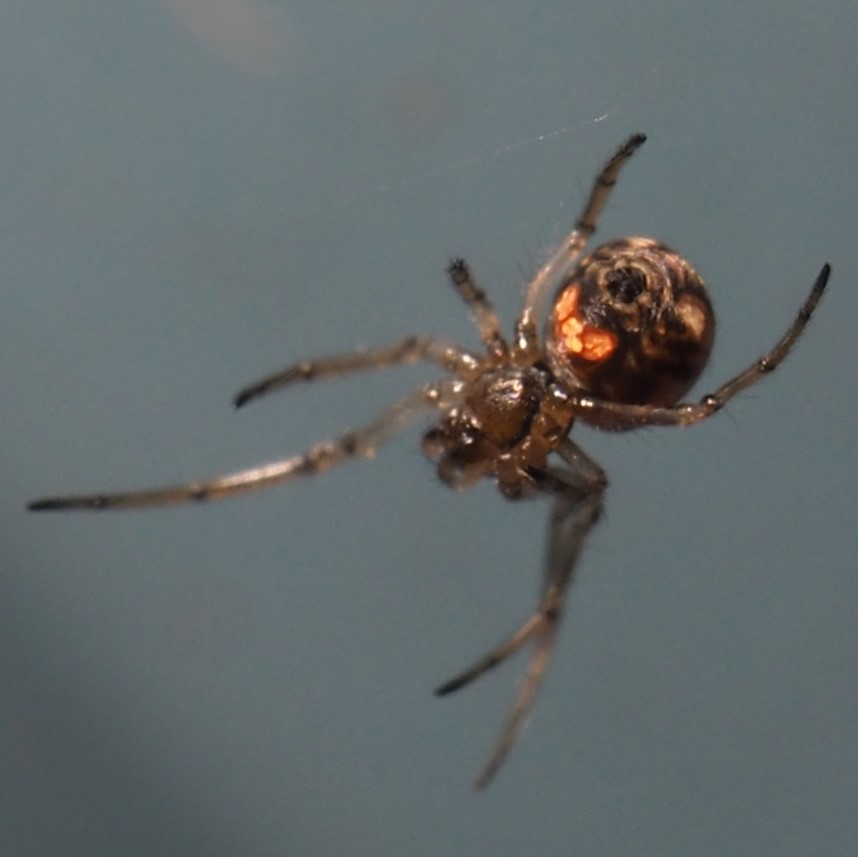
Last week we saw a couple of Springtails (pictures 1 and 2). Picture 3 shows this week's new Springtail. Did we talk about Springtails? The Hexapods (3-legged creatures) form a branch of the family tree of Arthropods, and this branch splits into the Insect branch and the Springtail branch. So the Springtails have six legs, like the Insects, but are not Insects. They tend to show up on the shop wall in winter or early spring. Now we've seen three different species (I believe) of Springtails so far for Winter 2020.
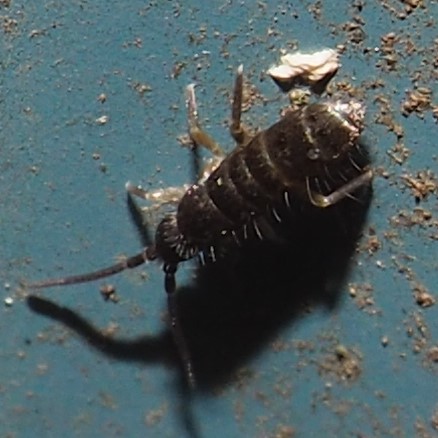
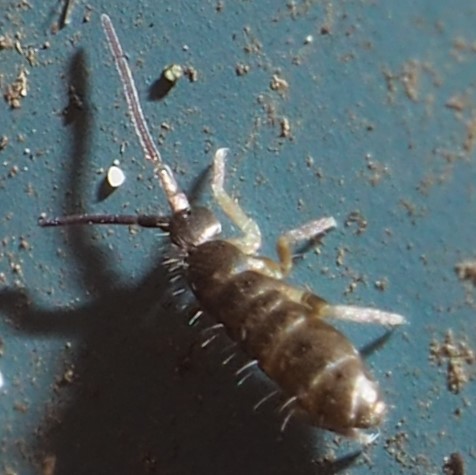
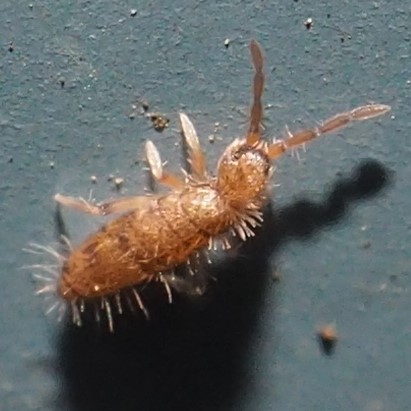
On November 26 this lovely long long Ichneumonid Wasp appeared on the wall. Jonathan Hoskins (@jonathan142 of iNat) identified it as Ichneumon annulatorius (referring to the rings around its abdomen).
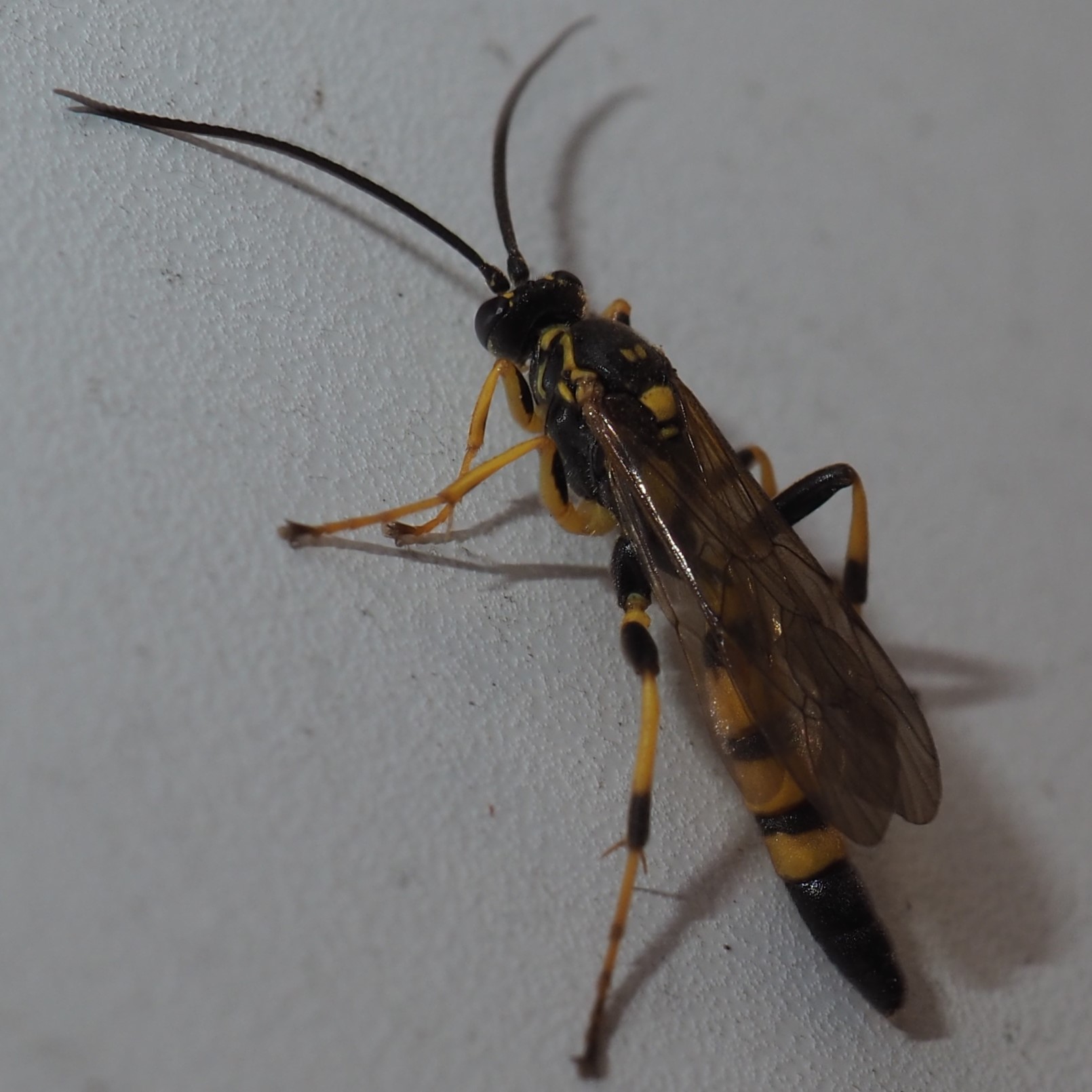
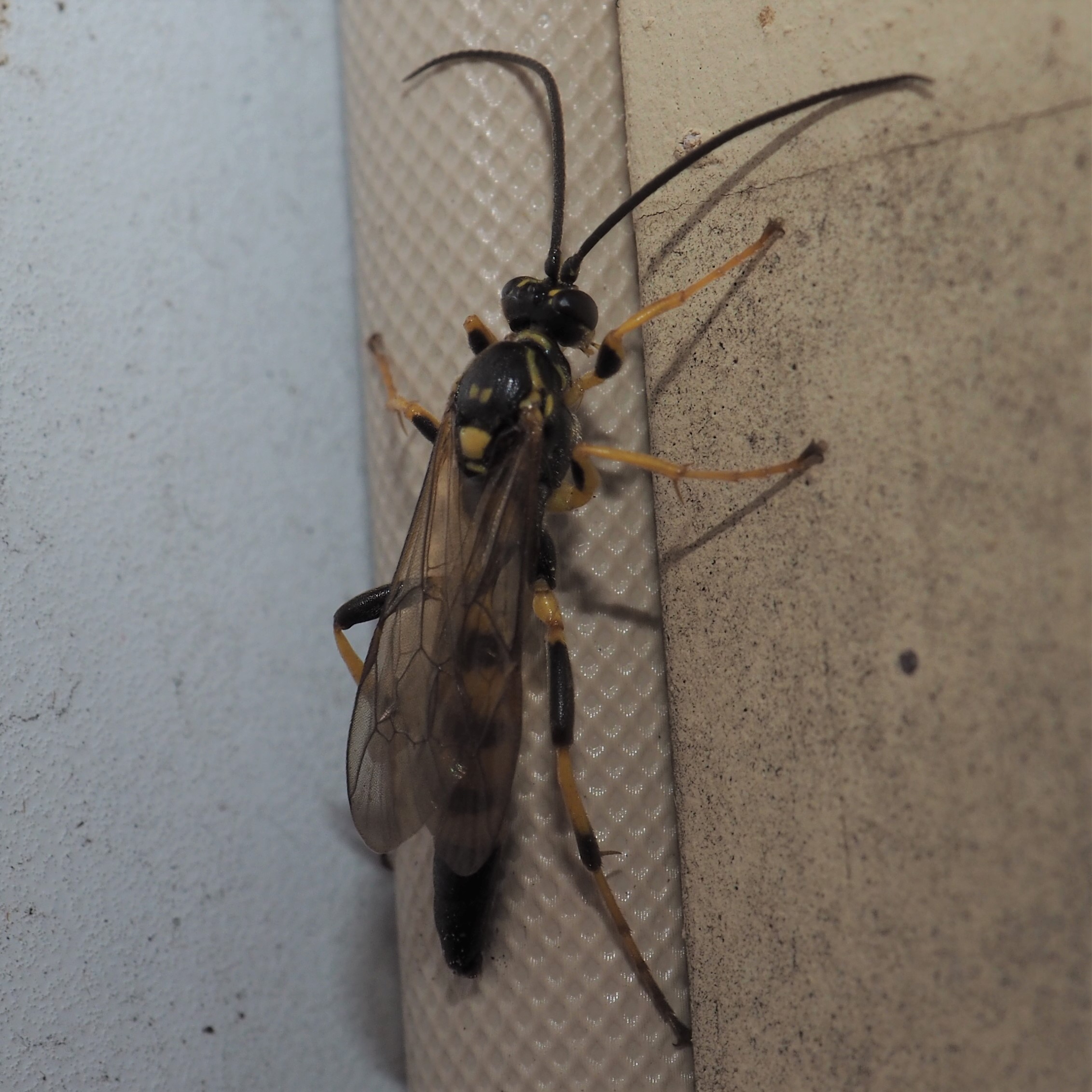
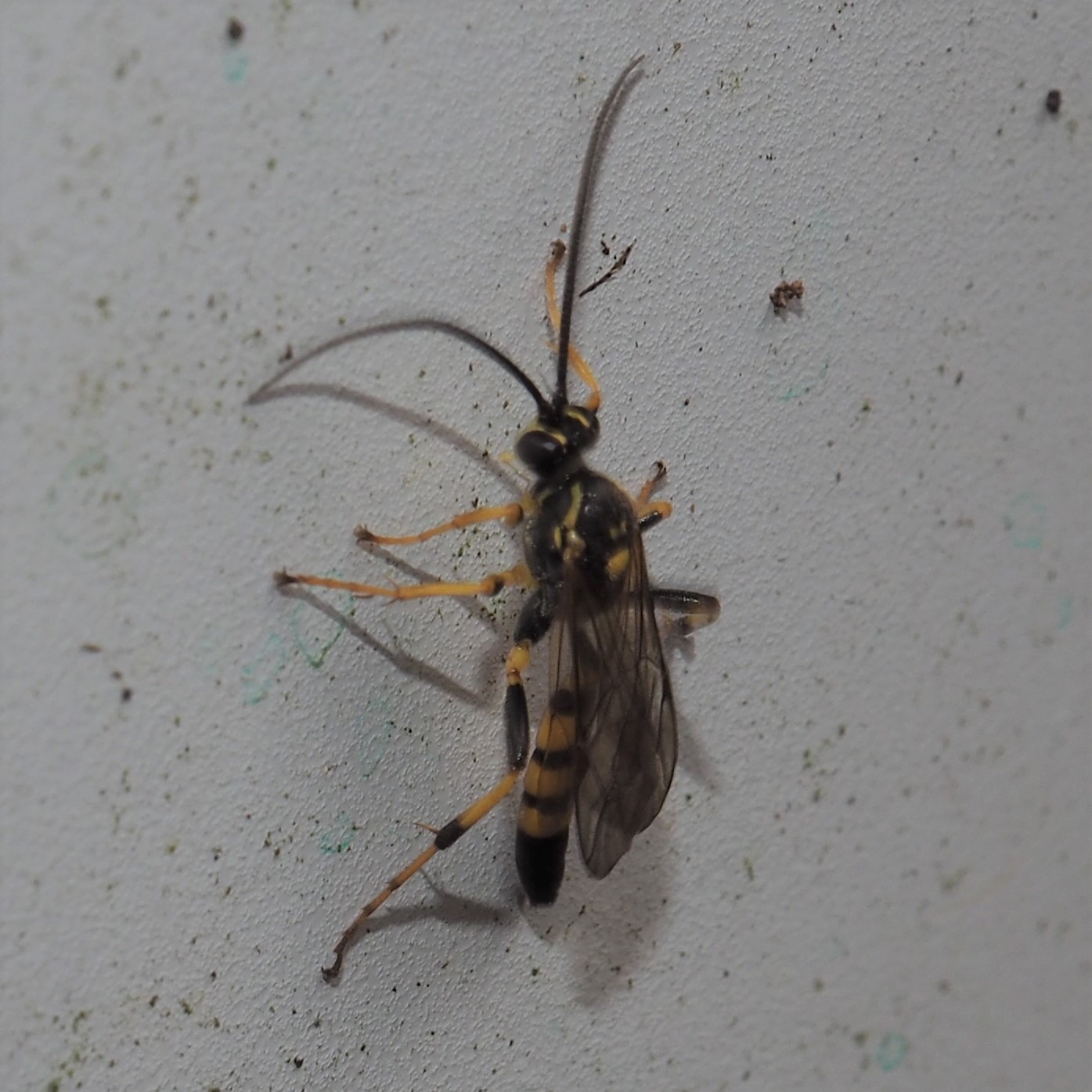
I DO have a couple of pretty pictures to end up with this time. Here's Jadesy this year and Last November. Look how much she has grown. Maybe next year she will be able to bloom!
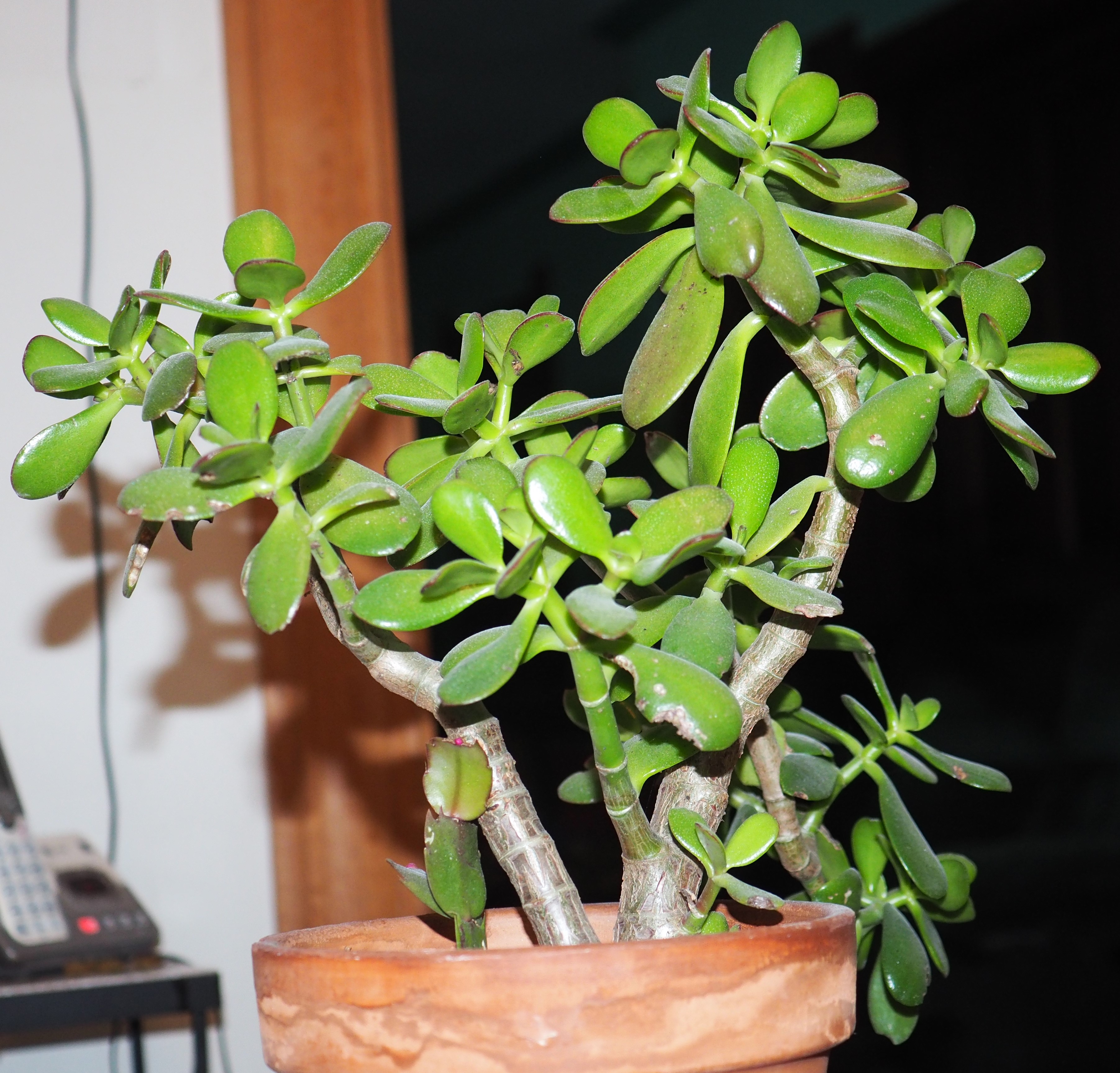
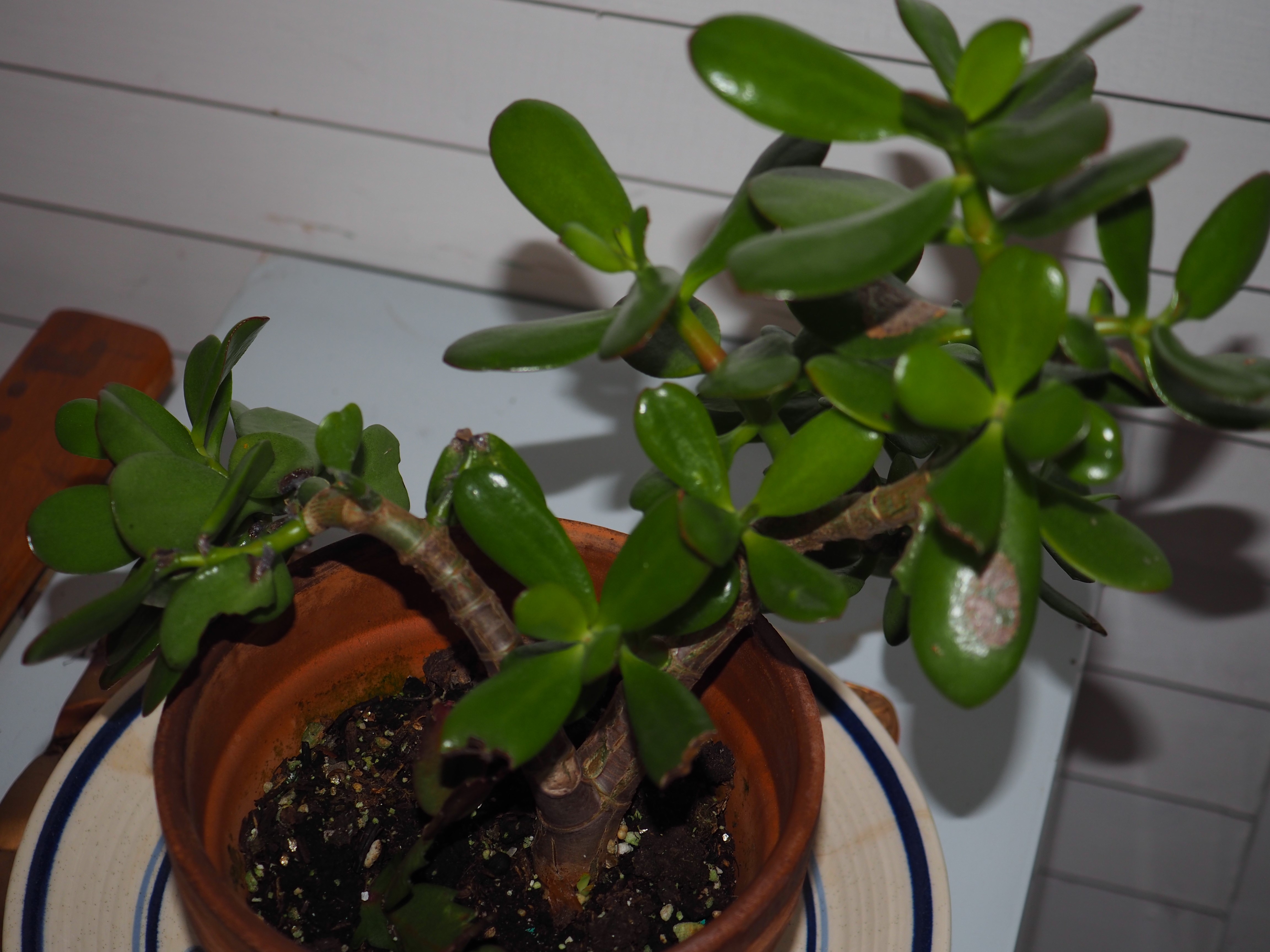
The Thanksgiving Cactus is now in full bloom (it was already blooming at Turkey Day too) and so lovely. Meanwhile outdoors the Euonymus is covered with bright red seeds - a haven for the birds for quite a while into the winter!
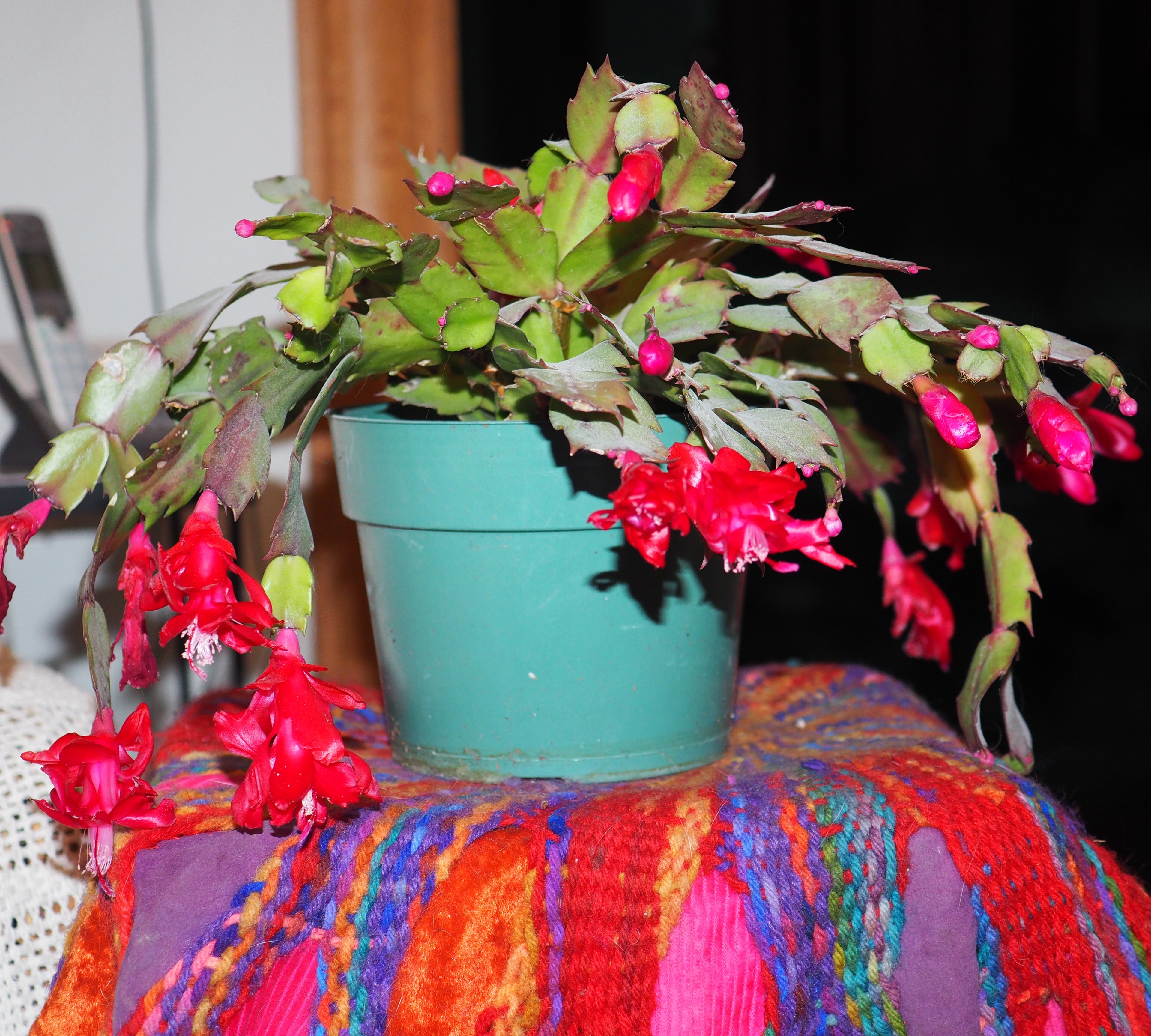
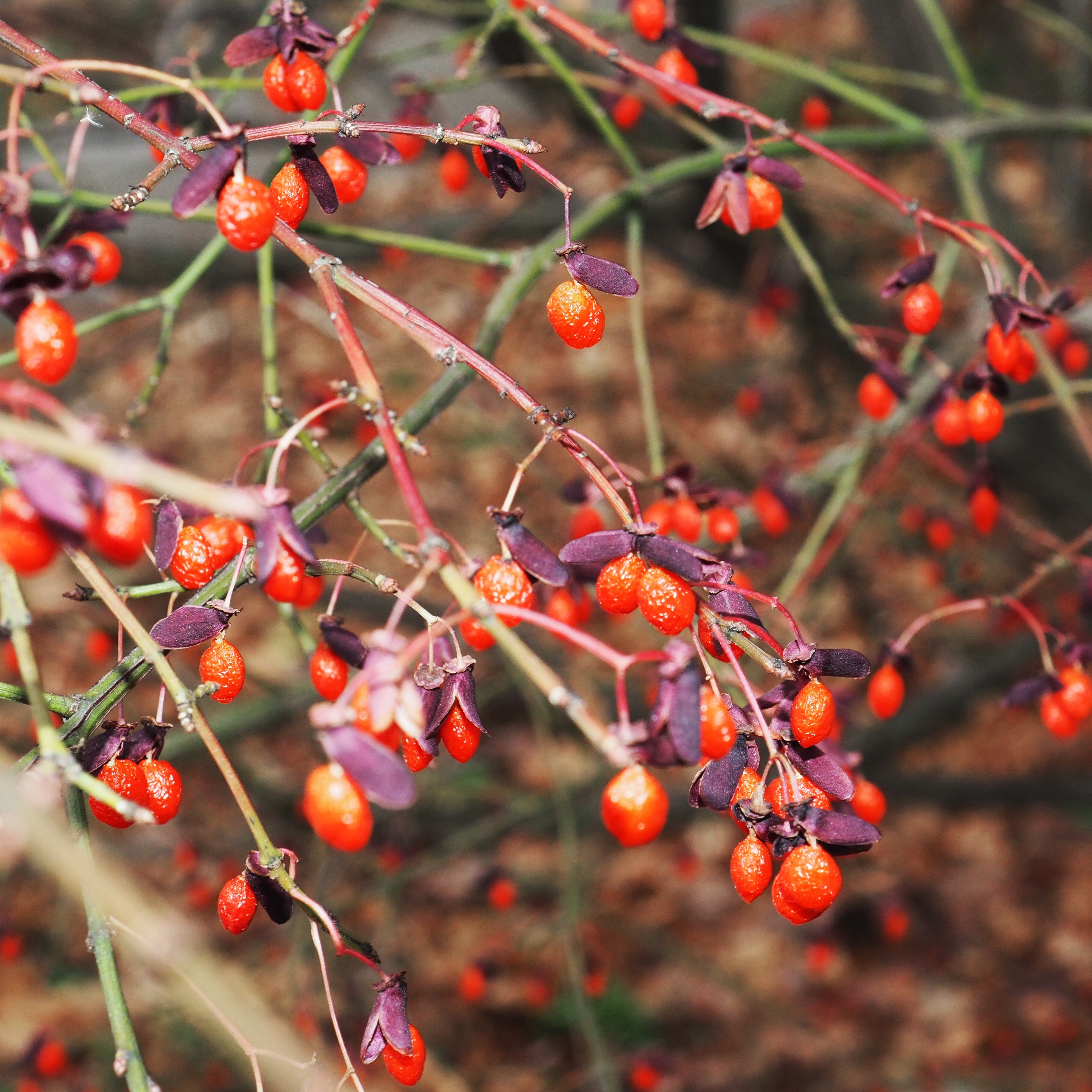
Unless things change, our next blog will be in another 2 weeks. Love to everyone and wishes for a lovely season wherever you are!
Love, Martha
Back to November 24, 2019
Forward to December 22, 2019
Back to main menu
copyright Martha O'Kennon 2019






































































